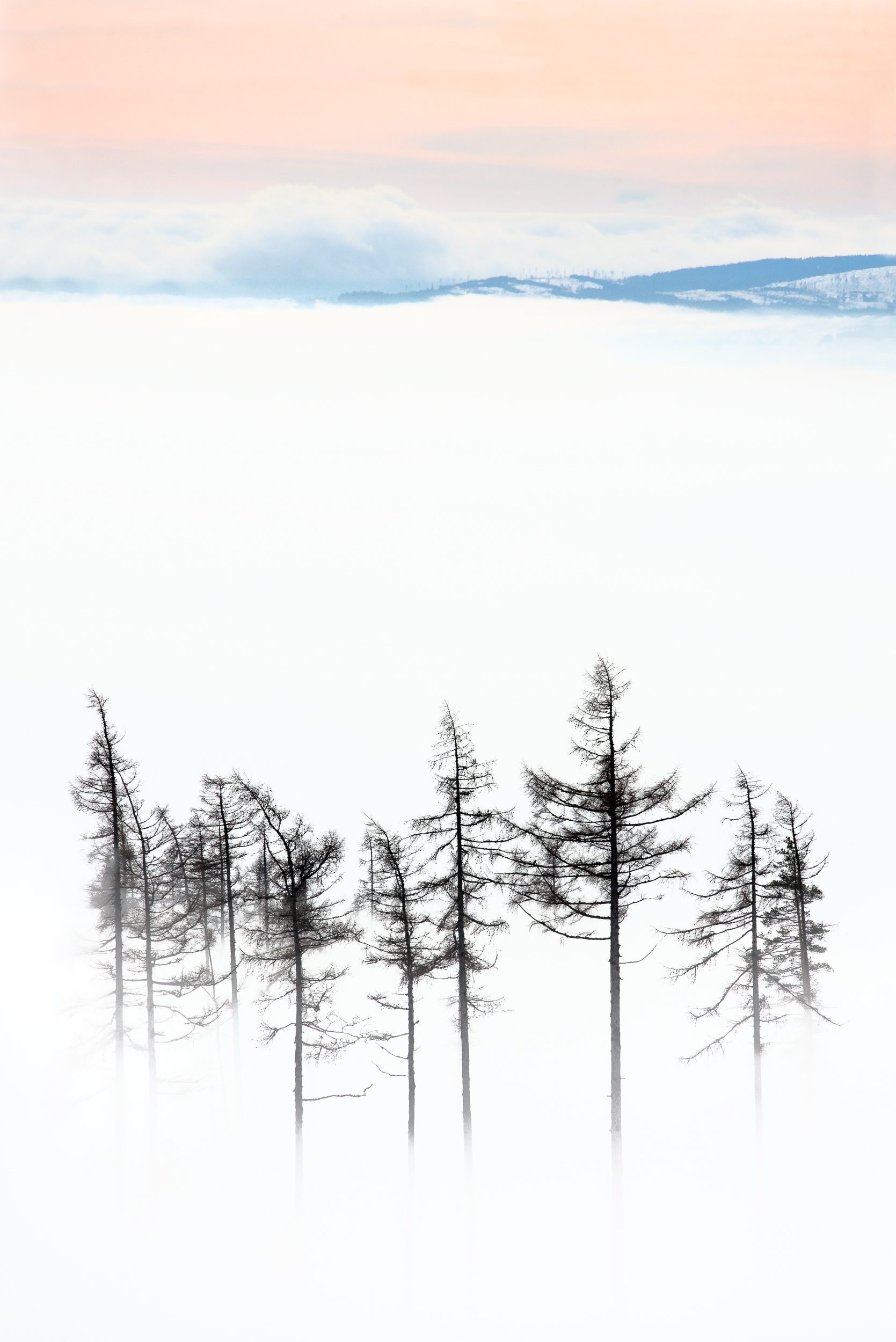I am delighted to take part in a joint exhibition at the Royal United Hospitals Bath hosted by the Art at the Heart of the RUH charity. The charity supports The Royal United Hospitals Bath with an innovative arts programme that stimulates healing and well-being and creates an uplifting environment for all who visit the hospital or work in it. They believe in a world where art and design is used to improve lives and healthcare. By enhancing the look and feel of the hospital with art they support the healing of patients and give patients, staff and visitors opportunities to be creative.
The exhibition is open from 1st February 2024 and will be up for the next 3 months and is on display in the Central Corridor (B4 - B8).
It is an honour to be exhibiting alongside such an amazing and distinguished group of photographers: Susan Brown, Paul Mitchell, Andy Farrer, Valda Bailey and Joe Cornish.
This is the press release written by Joe Cornish:
Before it can ever be a repose for the senses, landscape is a work of the mind. Its scenery is built up as much from strata of memory as from layers of rock.
Simon Schama
Quietly and steadily, landscape photography has metamorphosed in the last fifty years. From a medium dominated by a few black and white darkroom experts, and characterised by dark and critical tones (literally and metaphorically) it has blossomed to become a far more diverse and inclusive field of creativity.
Nor is it the preserve of middle-aged and elderly men (although some remain!), as the Diversity of Landscape photography shows. Women now lead the genre’s artistic revolution.
Landscape photography is also increasingly known as an instrument of healing, both for practitioner and viewer. Landscape photographers benefit from regular exposure to the outdoors, to clean air, sunlight, and vigorous exercise. But most of all the therapeutic benefit comes in searching for beauty, and bearing witness to the endless cycles of life and seasonal change. This helps the photographer connect with nature.
For the viewer, be they in a museum, or gallery, or cafe, or hospital, or at home, a beautiful landscape photograph can provide a moment of stillness, calm, tranquility. And the photographers own meditation on their subject matter is shared with the viewer, albeit in a very different way. Landscape photography is often overshadowed in the competitive world of photographic genres where wars, news, personalities and high octane human or wildlife subjects scream for attention. But a good landscape image which successfully explores nature and its ever-changing beauty is more likely to stand the test of time, and provide pleasure and insight for many years.
Valda Bailey’s work has been exhibited in prestigious galleries in London, New York and California, and her influence in the photographic community is universal. Mysterious, sophisticated, literary, abstract, elusive, vivid, seductive……any number of words have been used about her images, many of them apparently contradictory. They describe a world of imagination and metaphor. Technically dazzling, her imagery fuses elements of the outer world to give fleeting glimpses of her inner life. There is a shimmering beauty of texture and colour that is vital to their power, yet below the surface is something intangible, bittersweet and melancholy. Ultimately the work is evidence of an endlessly restless artistic soul.
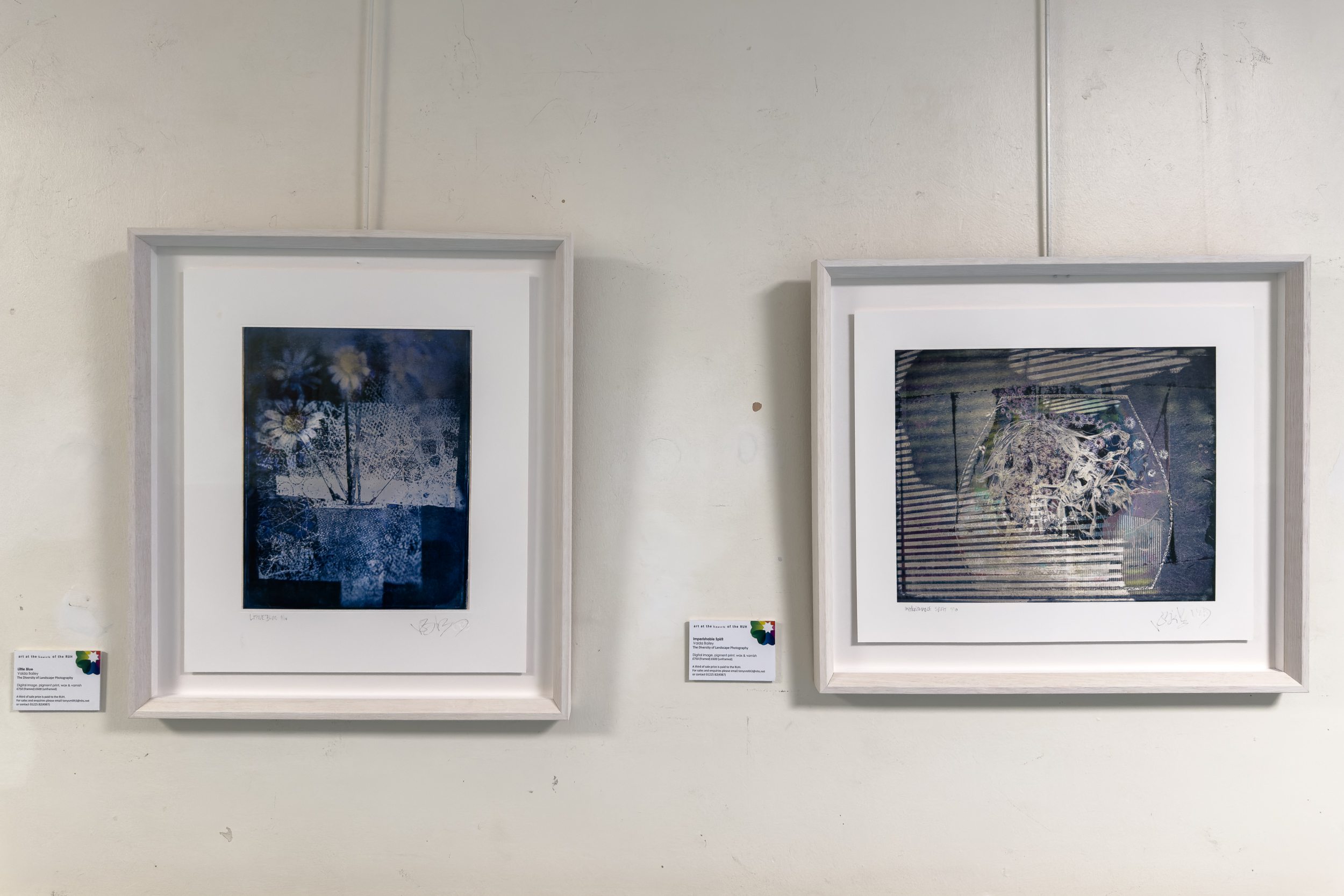
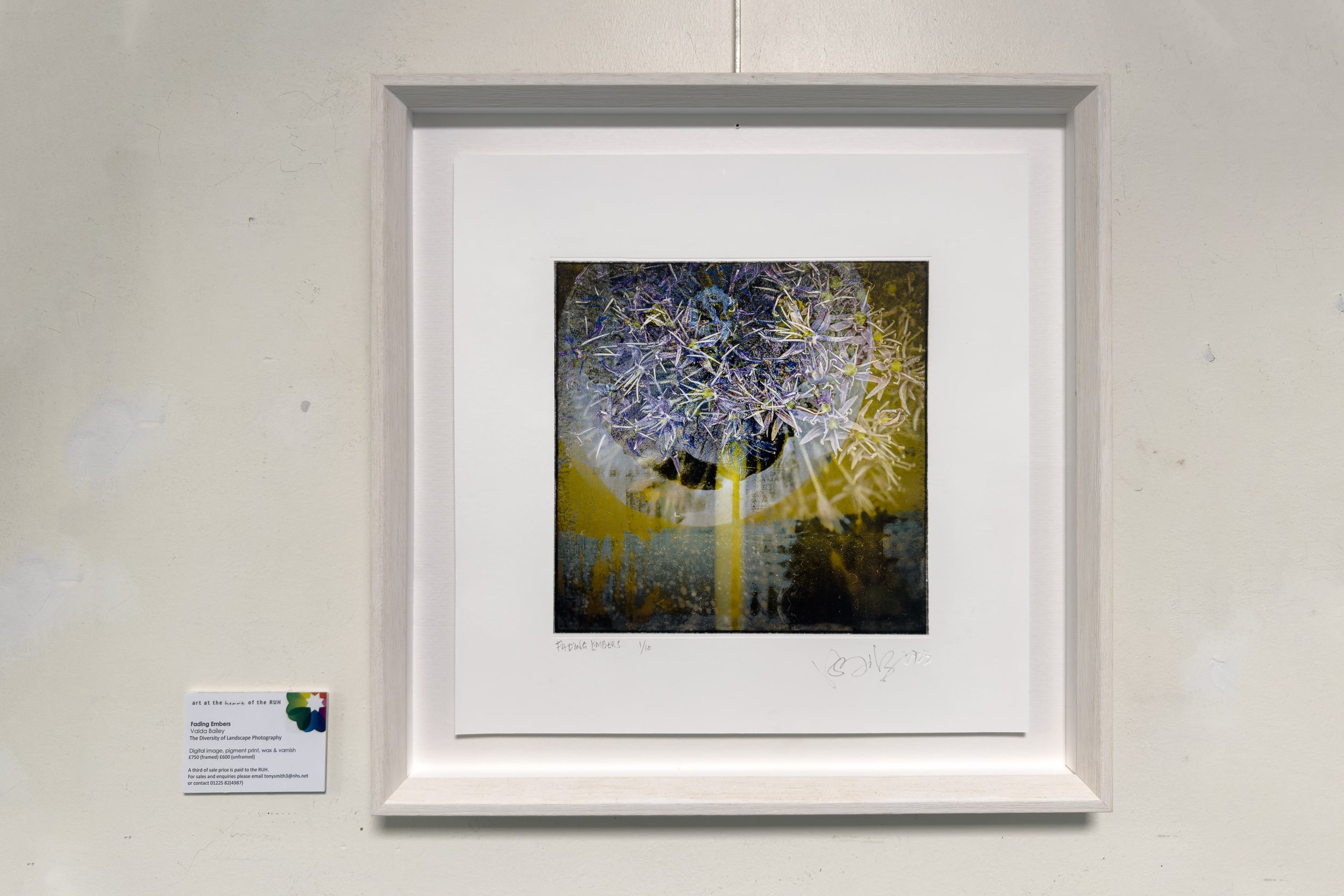
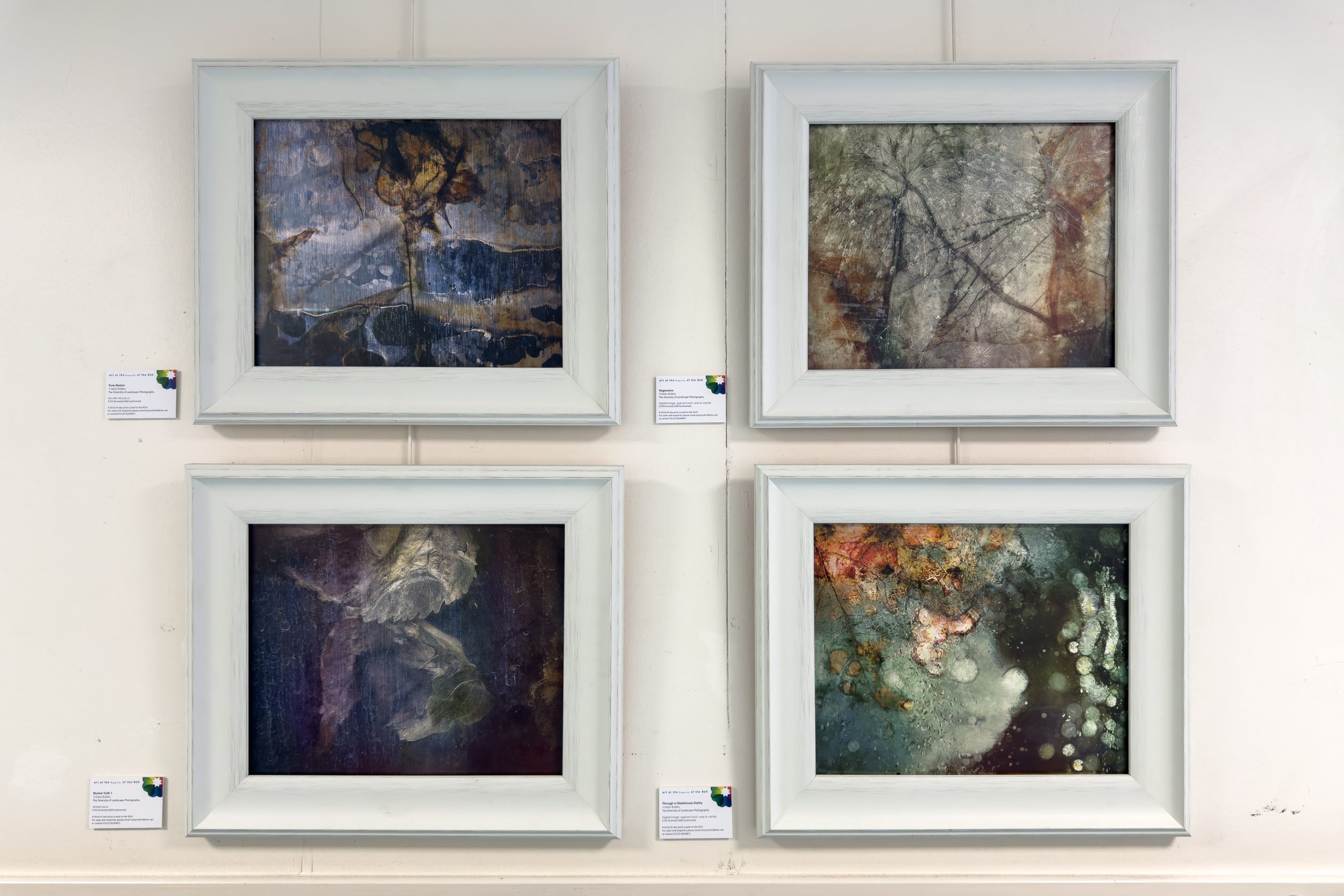
Susan Brown works in series. Sometimes her work is directly pictorial, describing a place with a unique perspective or framing, and often with a strong sense of graphic design. She also explores the creative possibilities inherent in the photographic process, and fuses aspects of time and light to subtle and ethereal effect. The common thread is landscape, whether wider perspectives or close detail. Her radical global warming series uses close-up compositions from the beach and inverts the colours to create an effect that is thought-provoking, dissonant and yet eerily beautiful.
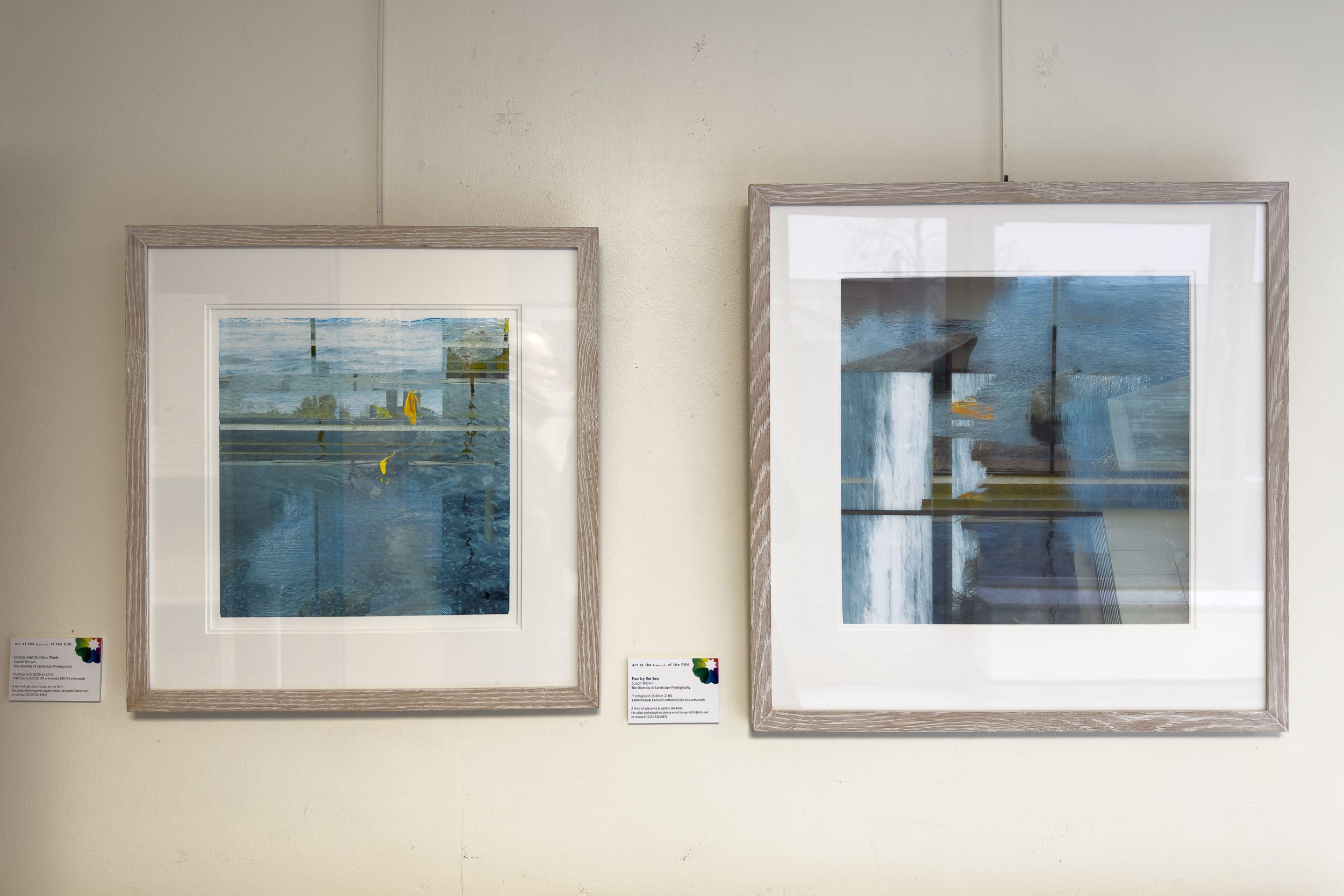
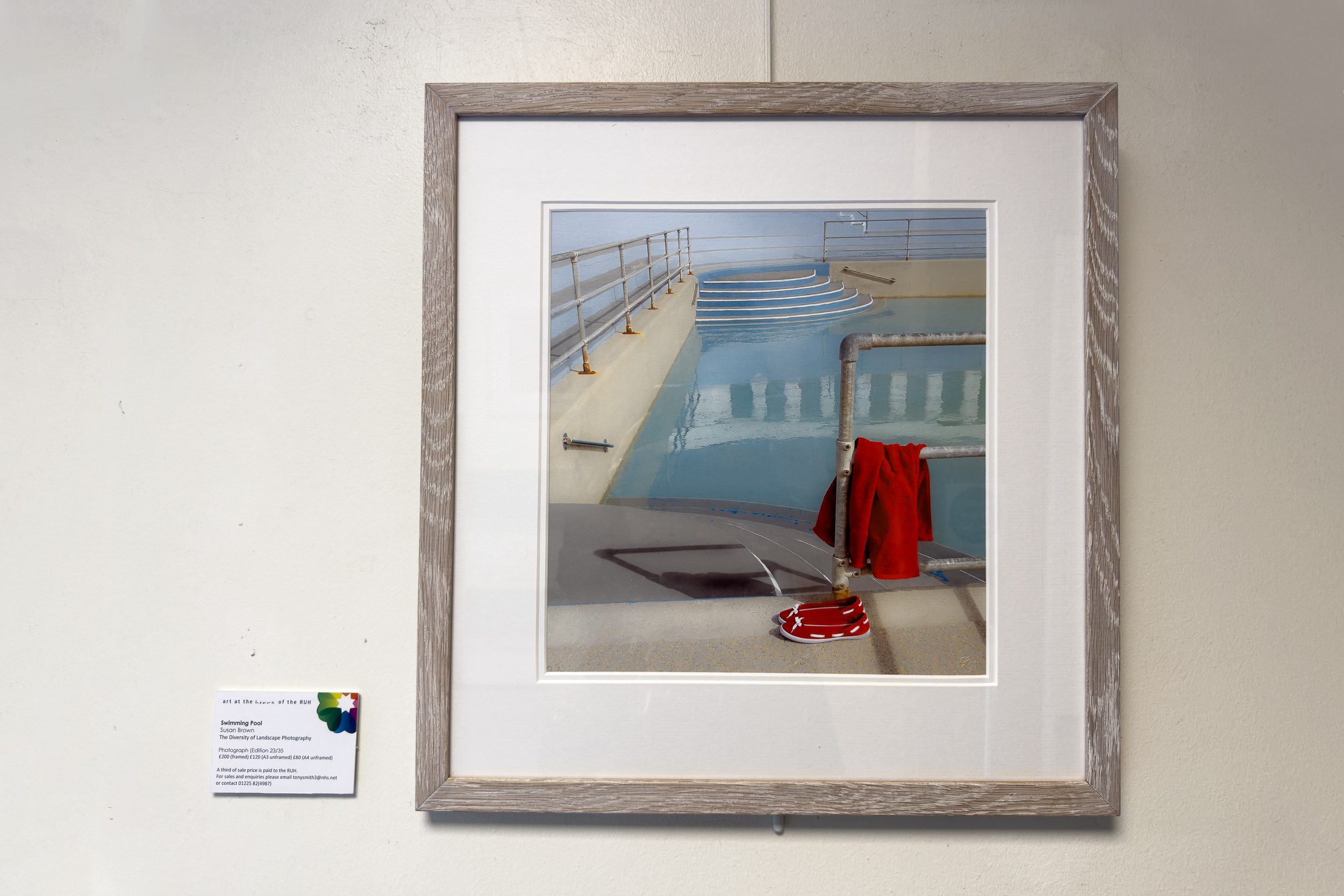
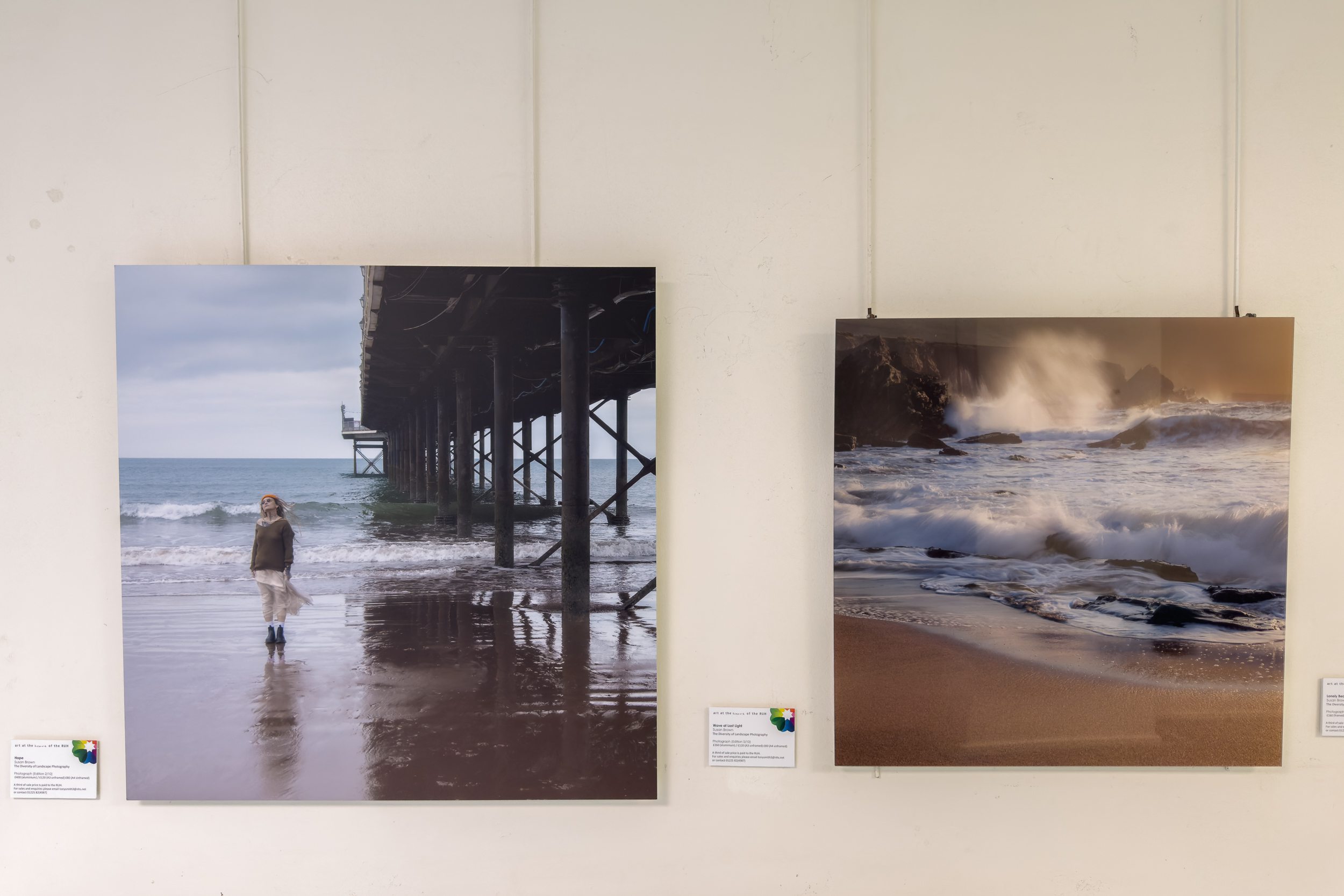
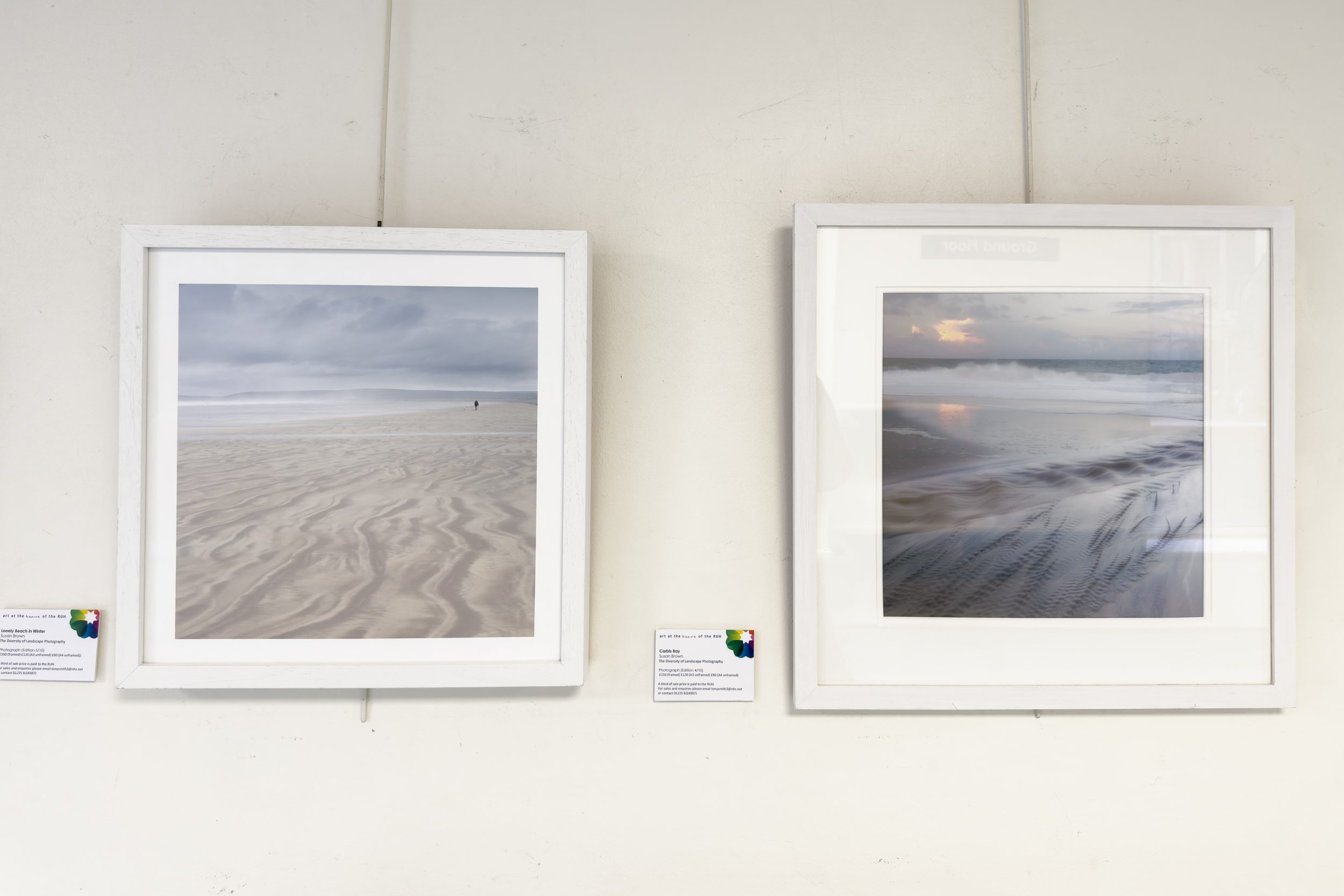
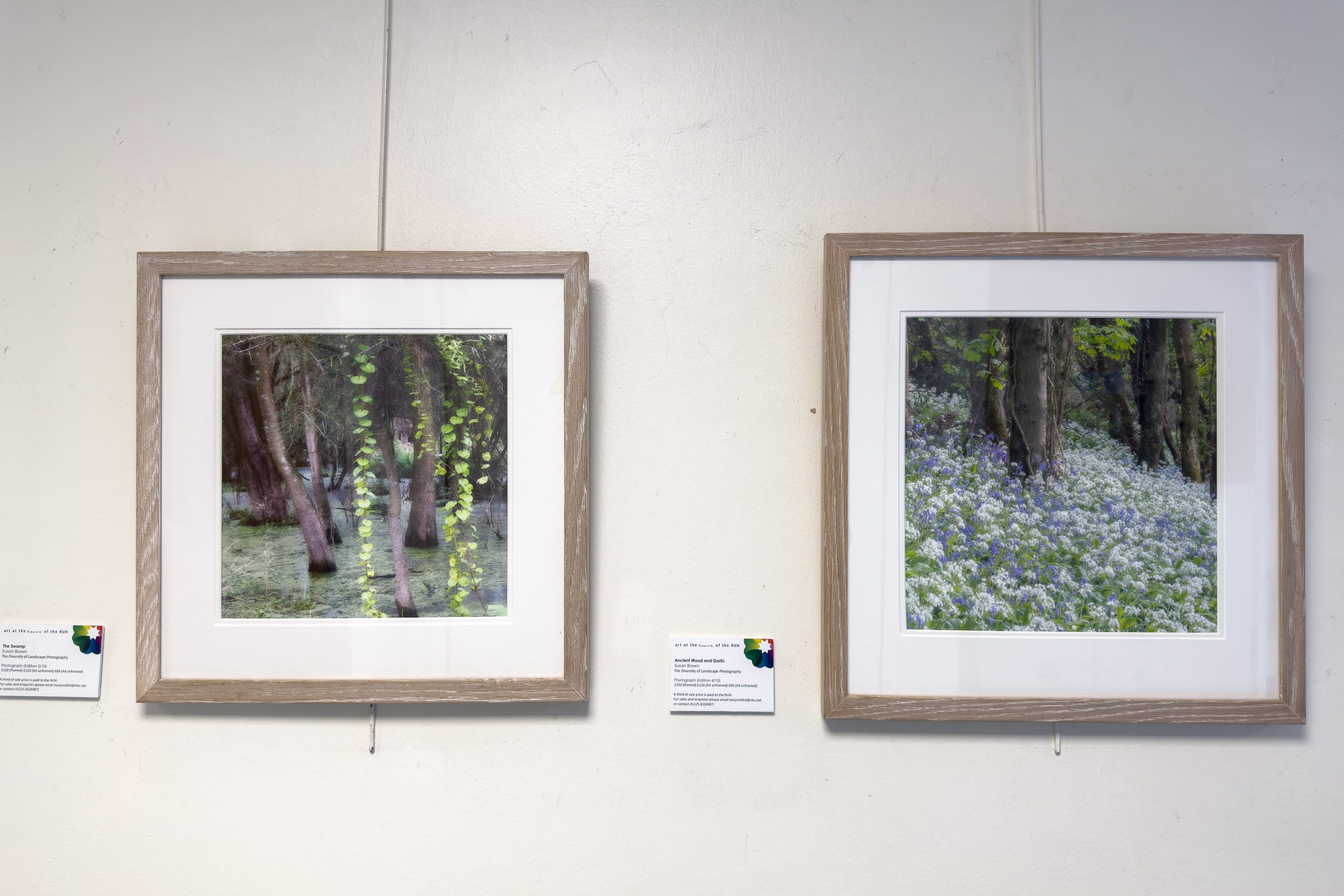
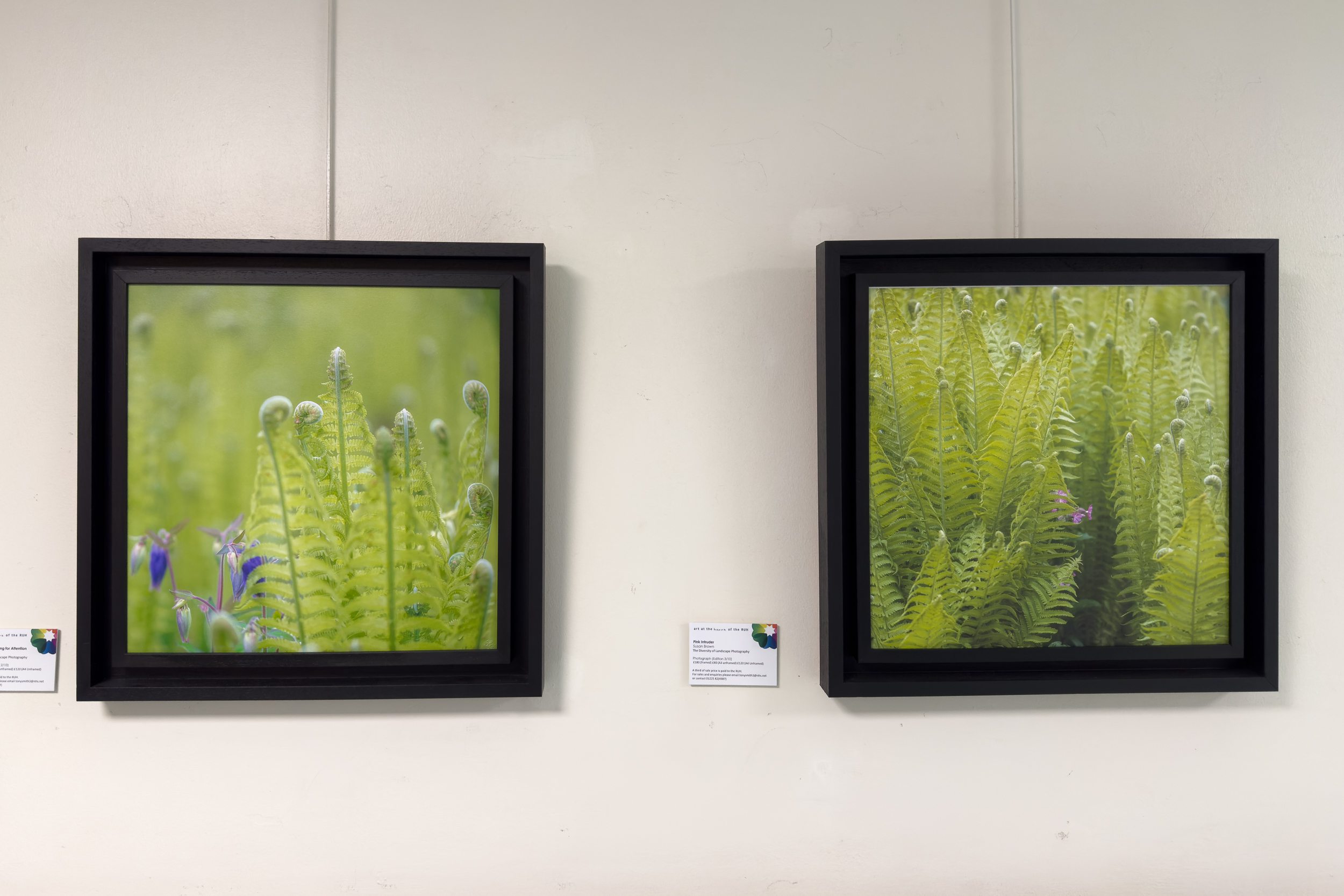
Vanda Ralevska finds beauty everywhere. In the pouring rain, or at night, or in mist, or even bright sunshine she frames wonder in the everyday world around her. Responding vividly to an atmosphere, mood or emotion she heightens her responses through her photography. The result is images that often have a dreamlike quality, filtered through a poetic imagination with an instinctive understanding of darkness and light. Her compositions are extremely precise, a necessary discipline for such an artistic approach.
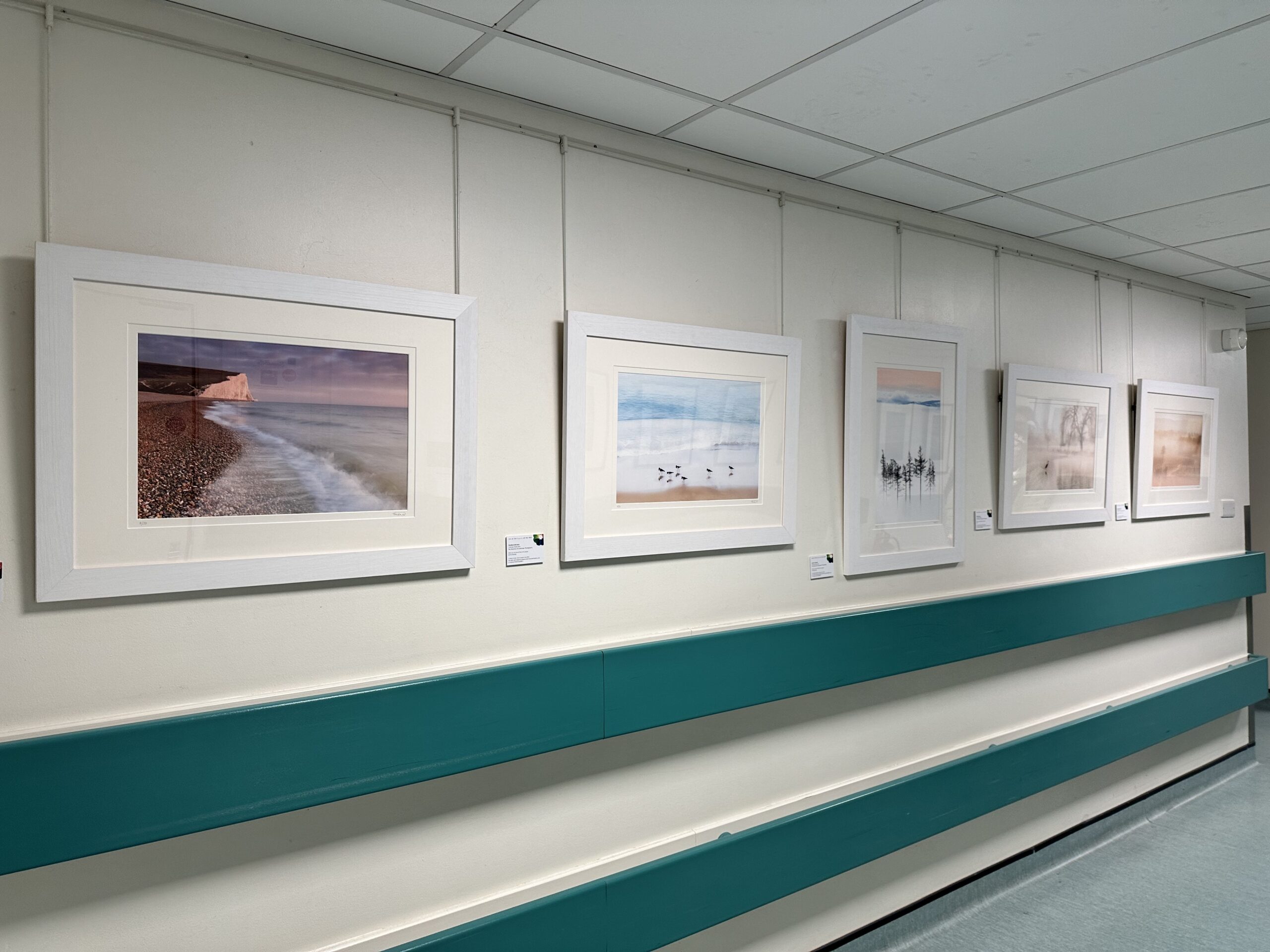
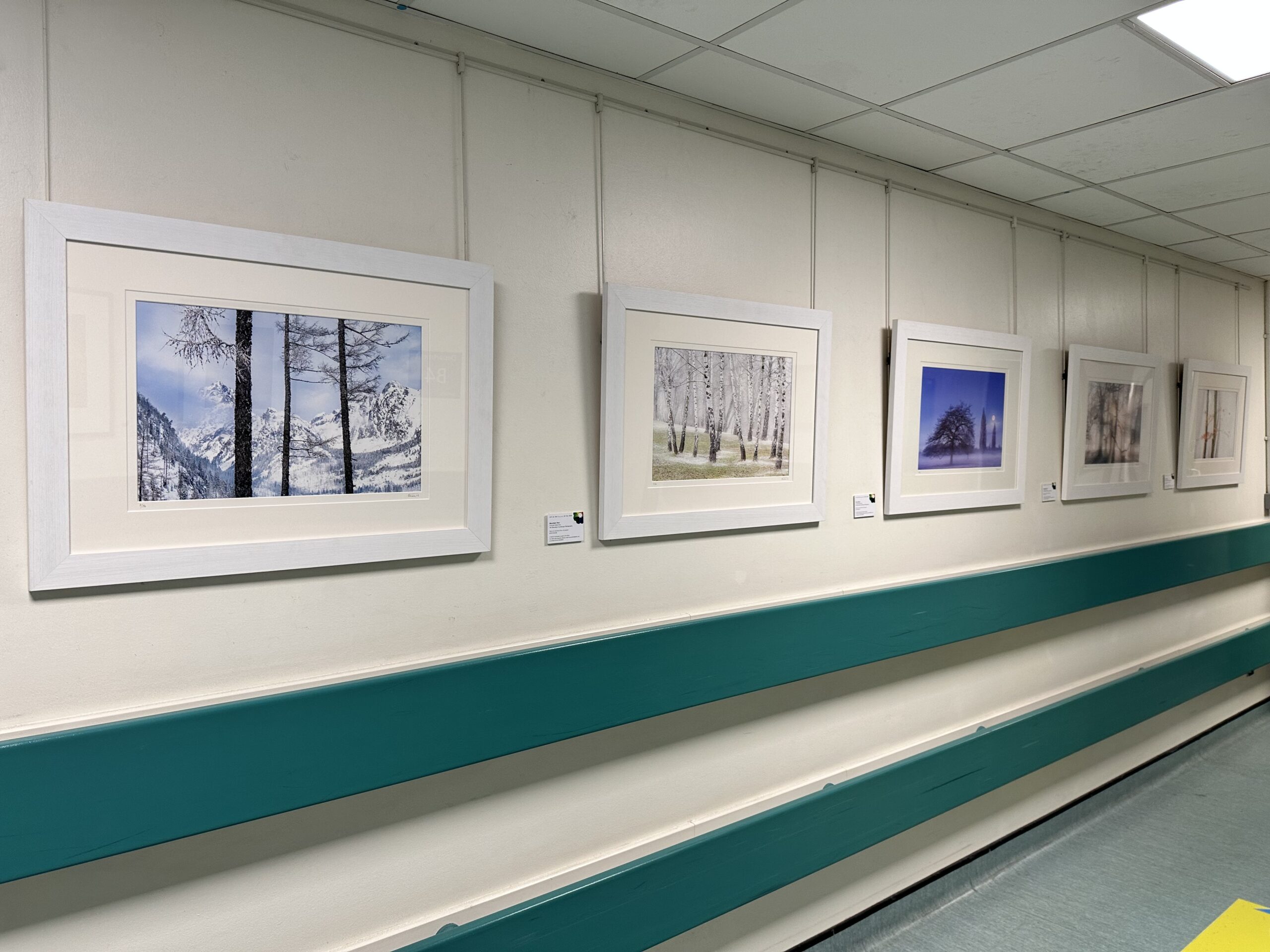
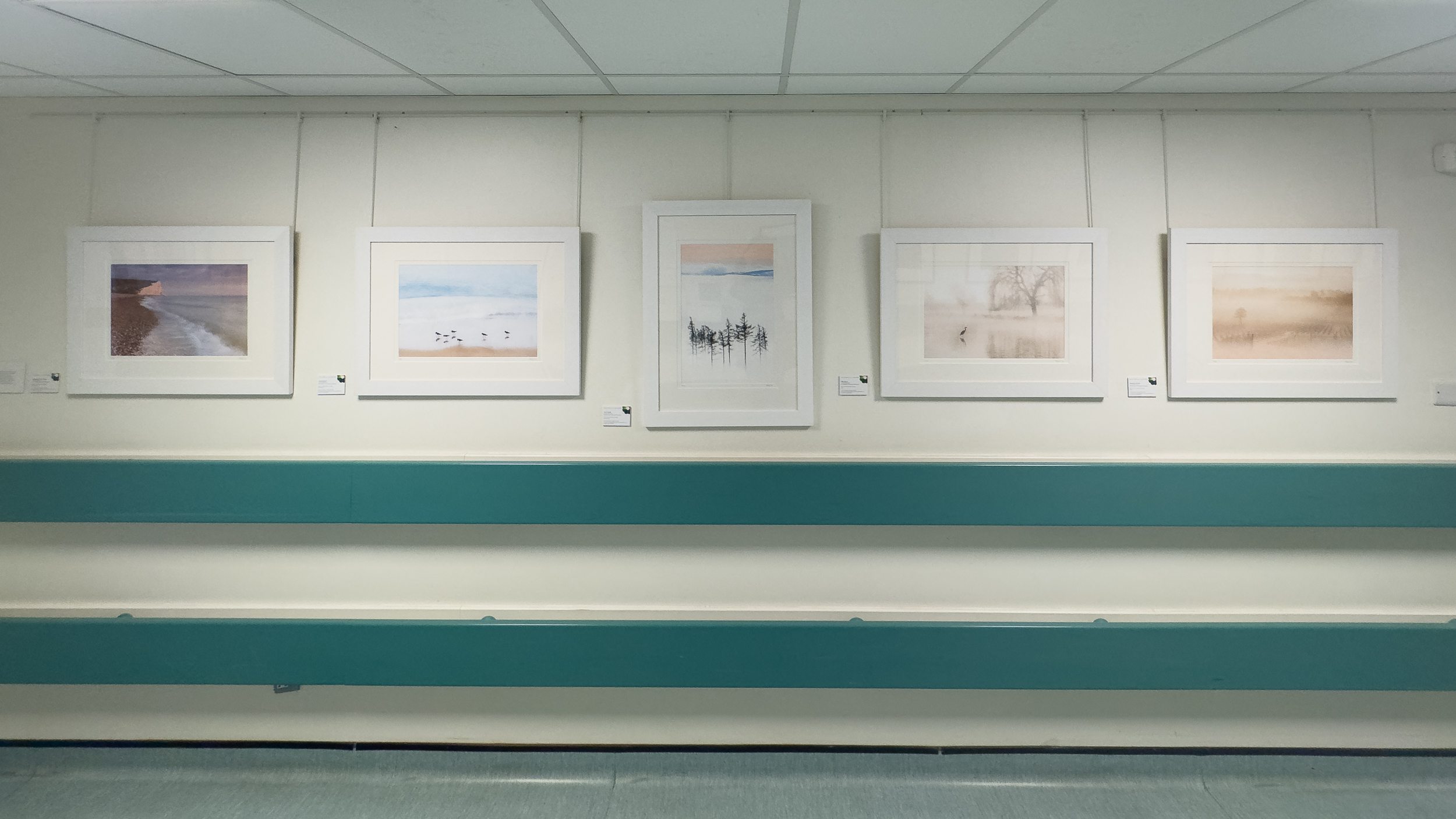
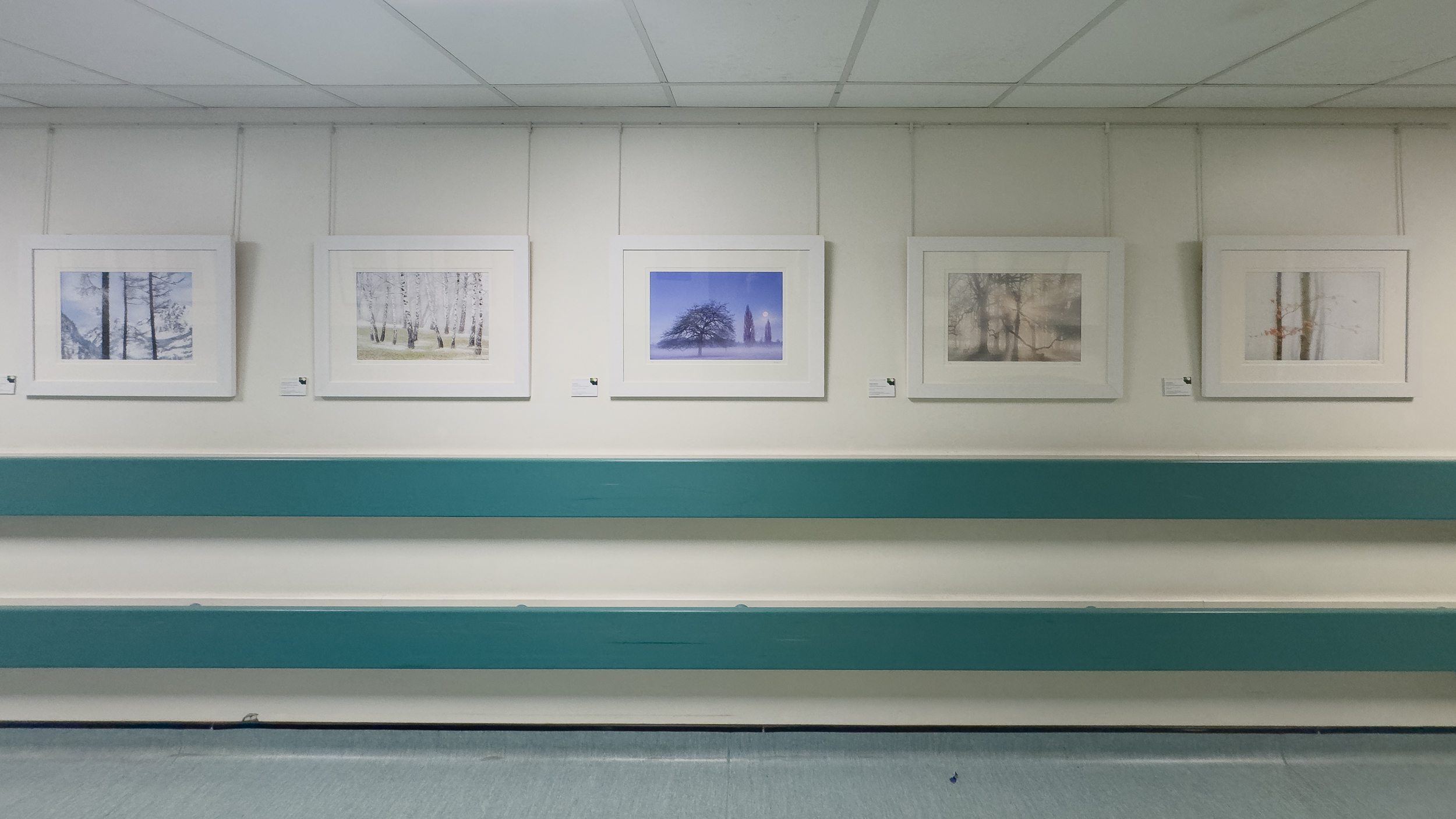
A classical sense of composition underscores Andy Farrer’s photography. His vibrant use of colour and light dramatises places which are already landscapes that prompt the imagination. Strong use of design emphasises the formal and sculptural elements of his subjects. In spite of the individuality of his style there remains a close connection with the original landscape; these images remain real documents of real places in real time, heightened by transformations of weather, season and the theatre of light.
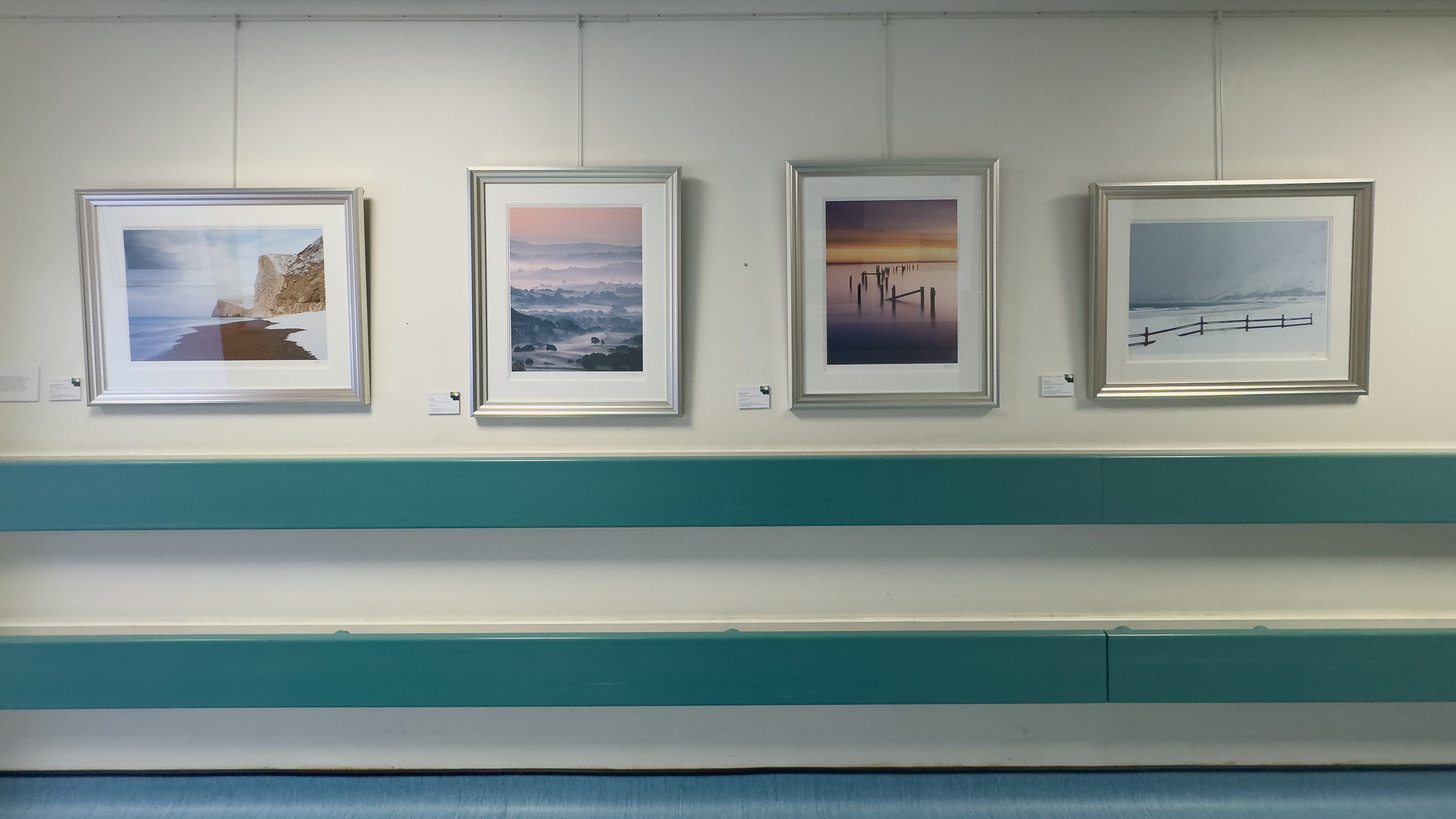
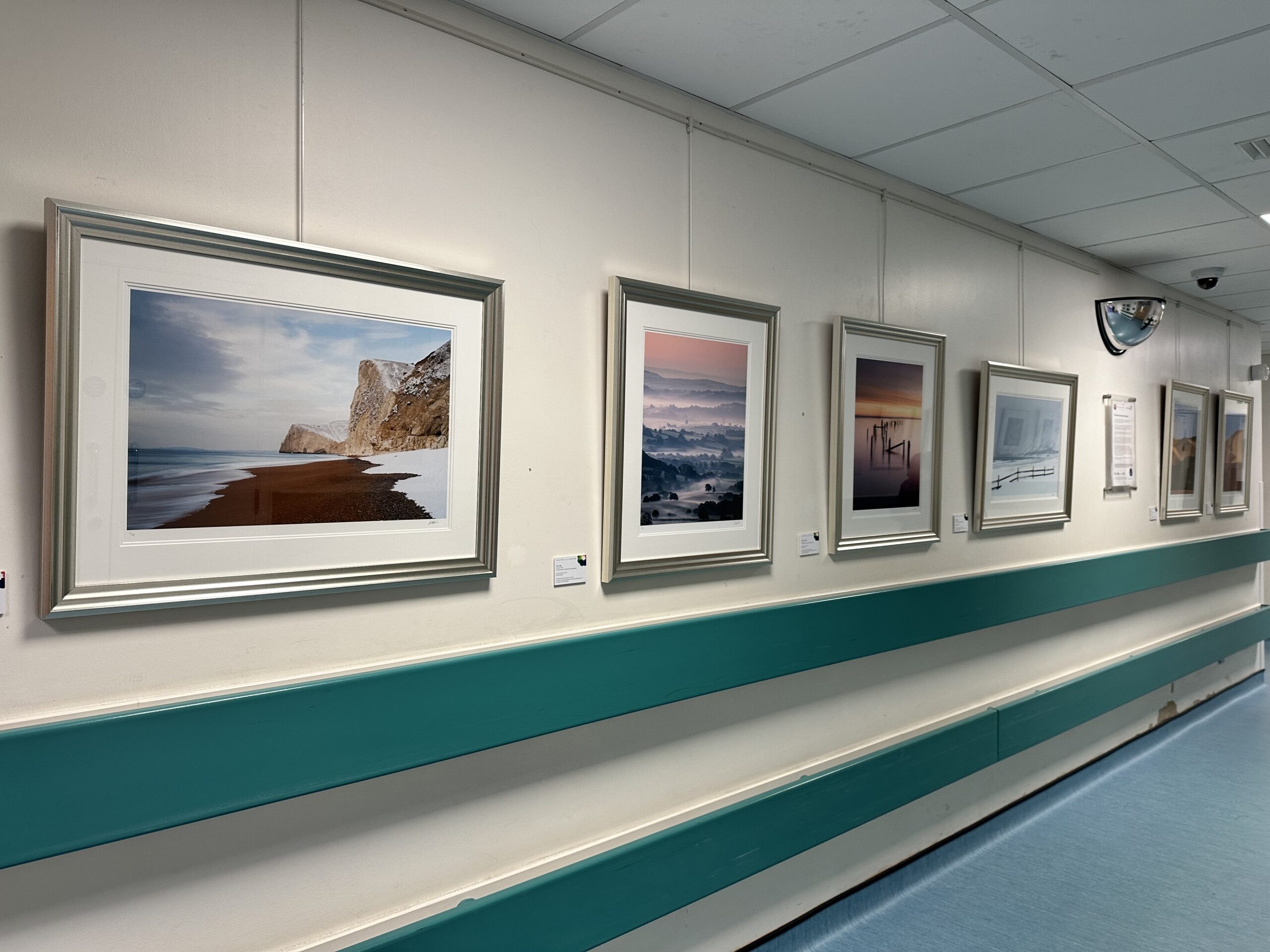
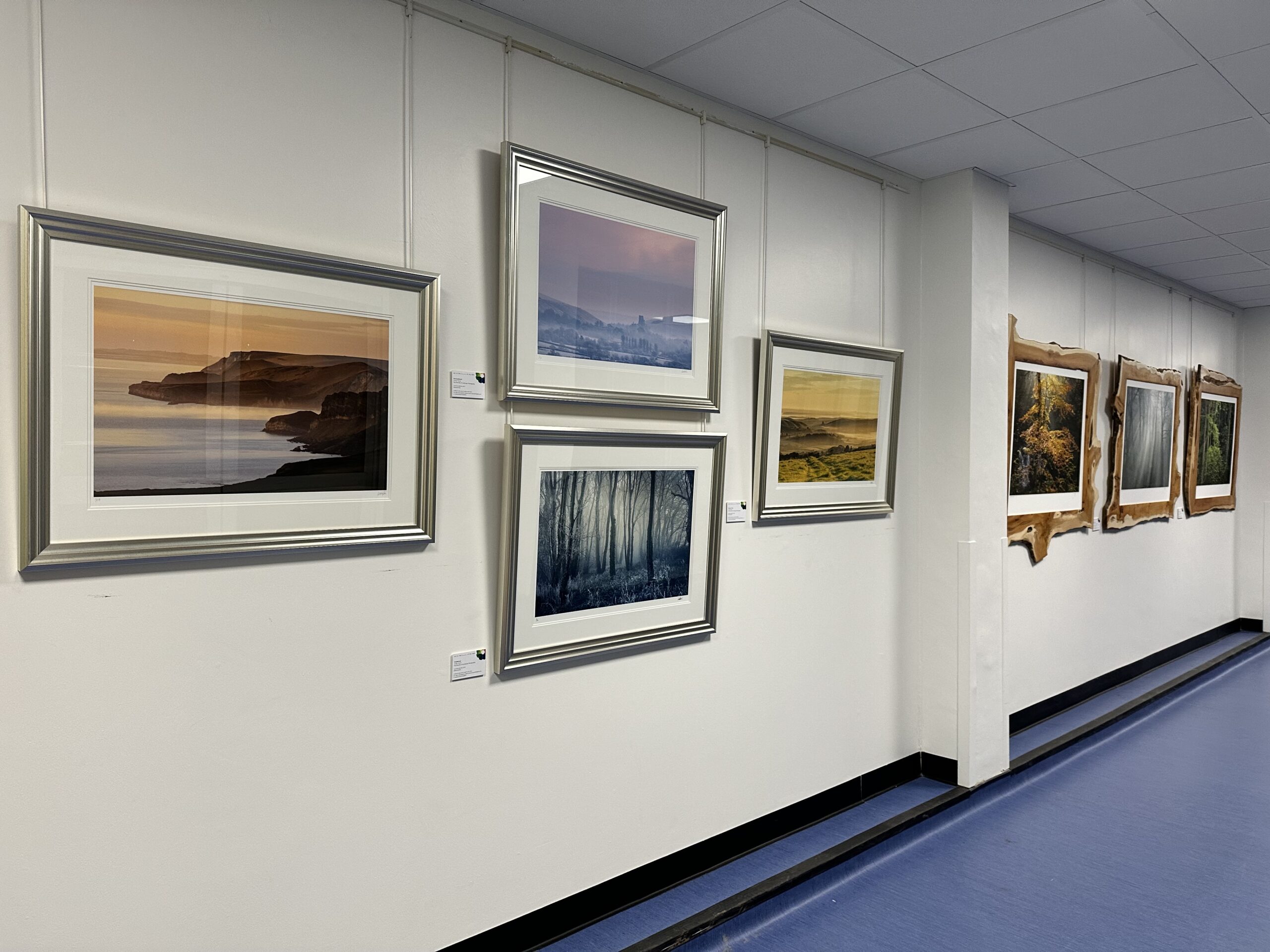
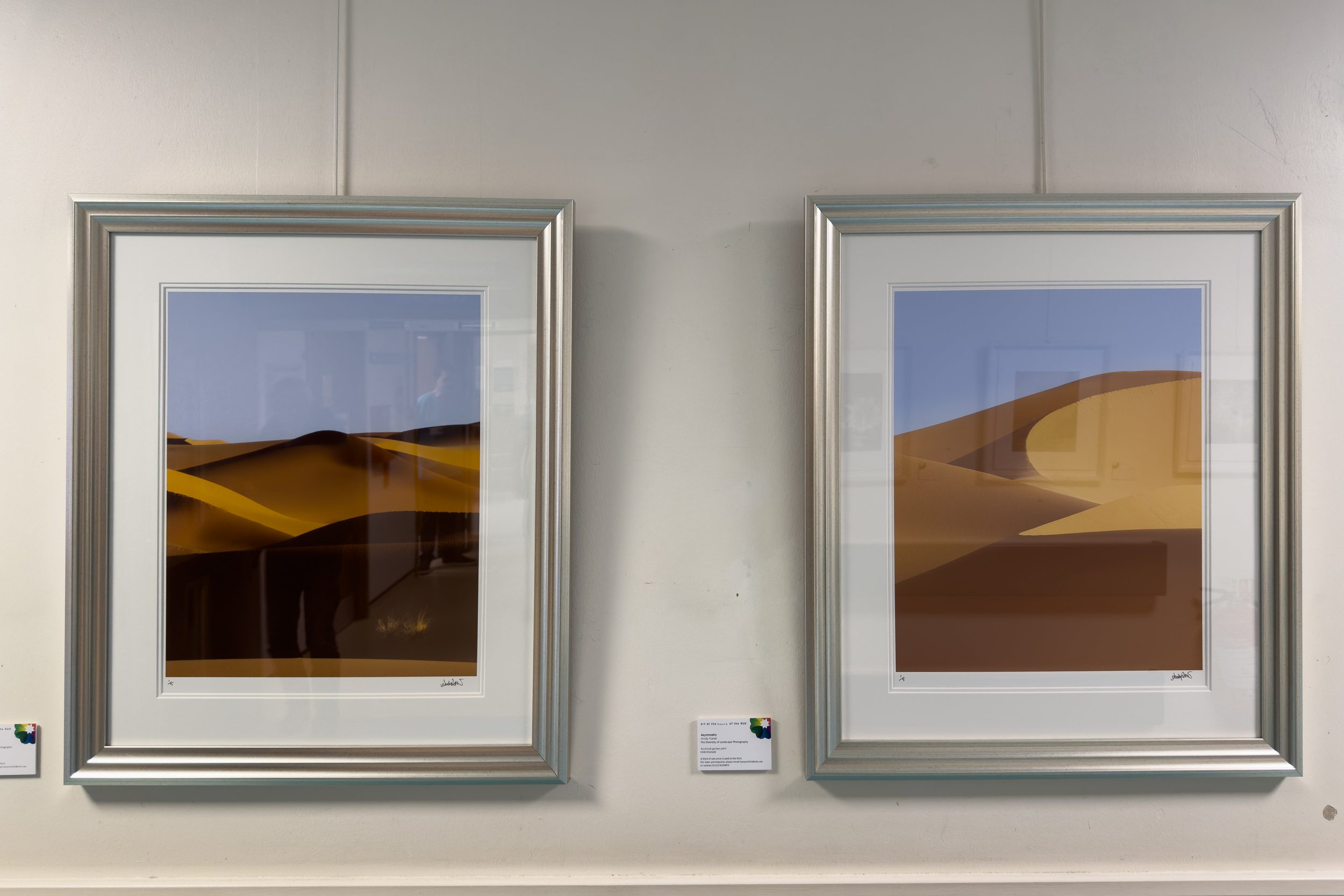
Paul Mitchell is a photographic polymath who over decades has explored photographic themes across the entire range of natural and anthropogenic landscapes. He brings a graphic designer’s precision and sense of proportion to his compositions, yet these are informed by a poetic sensitivity to light, colour and texture. This is why he is one of the few photographers who have successfully interpreted the chaos of woodland, and understands that woods have the potential to be both comforting, and also intimidating. Whatever the combination of elements in front of his camera there is an inherent life force in his pictures that epitomises the art of landscape photography.
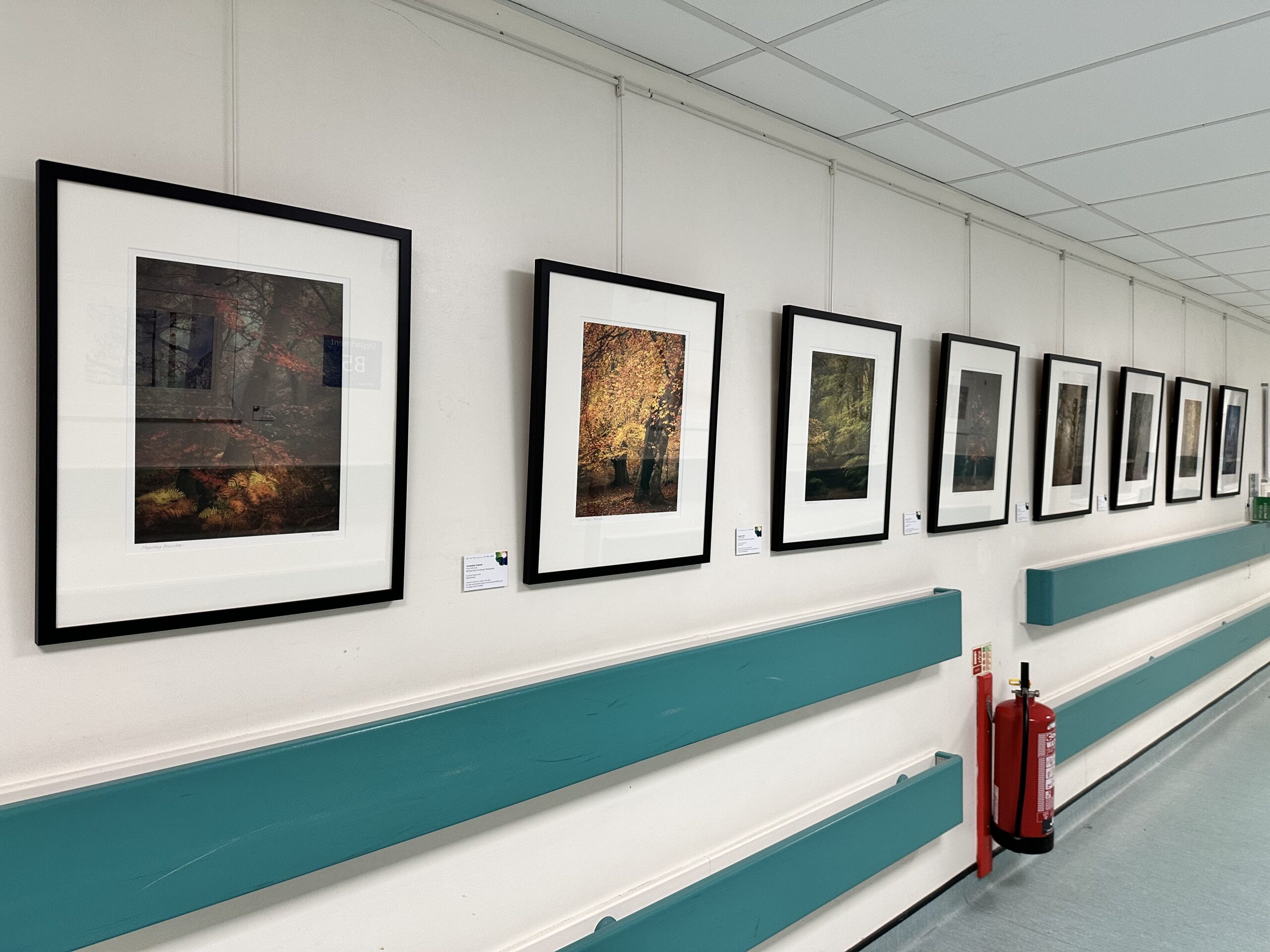
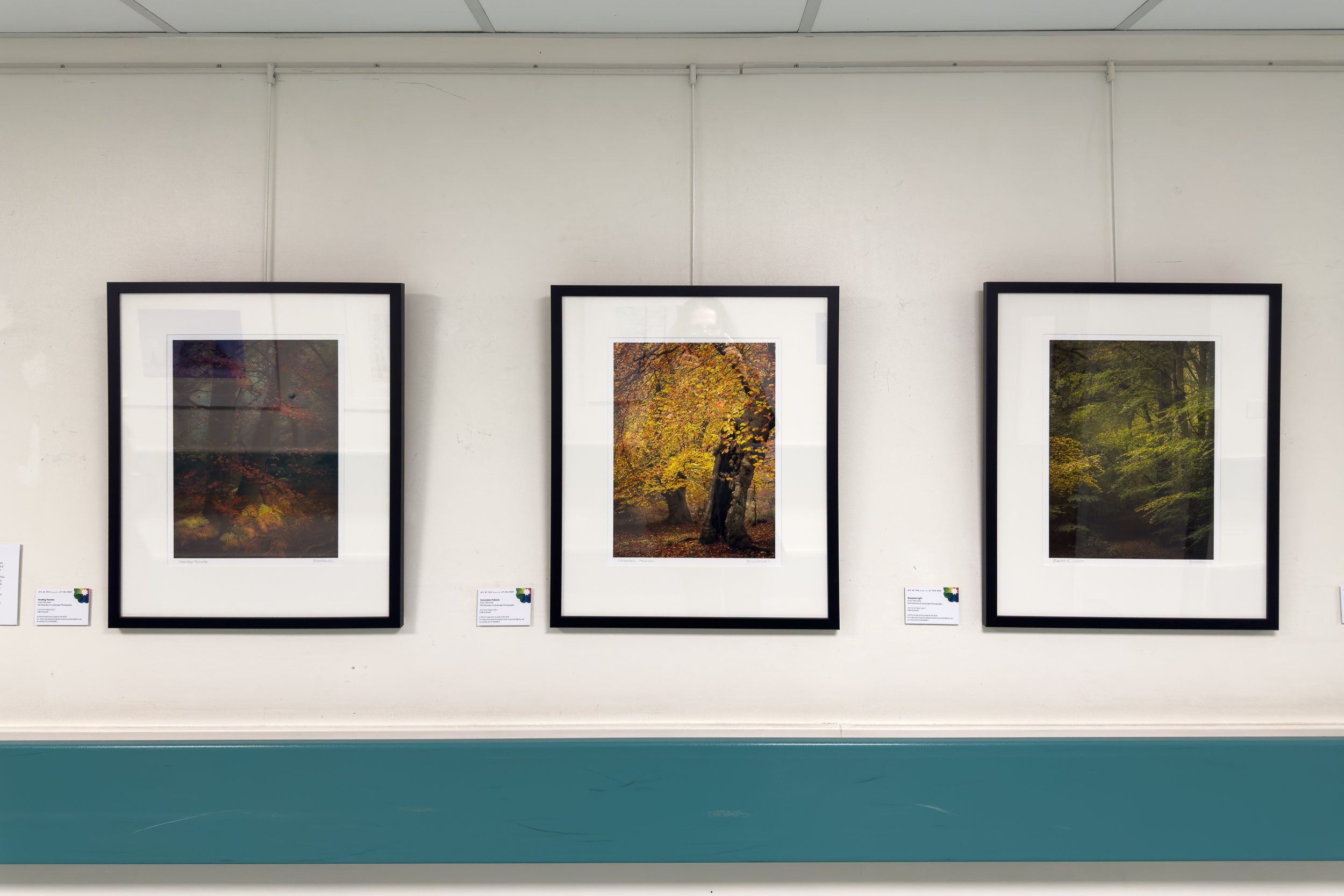
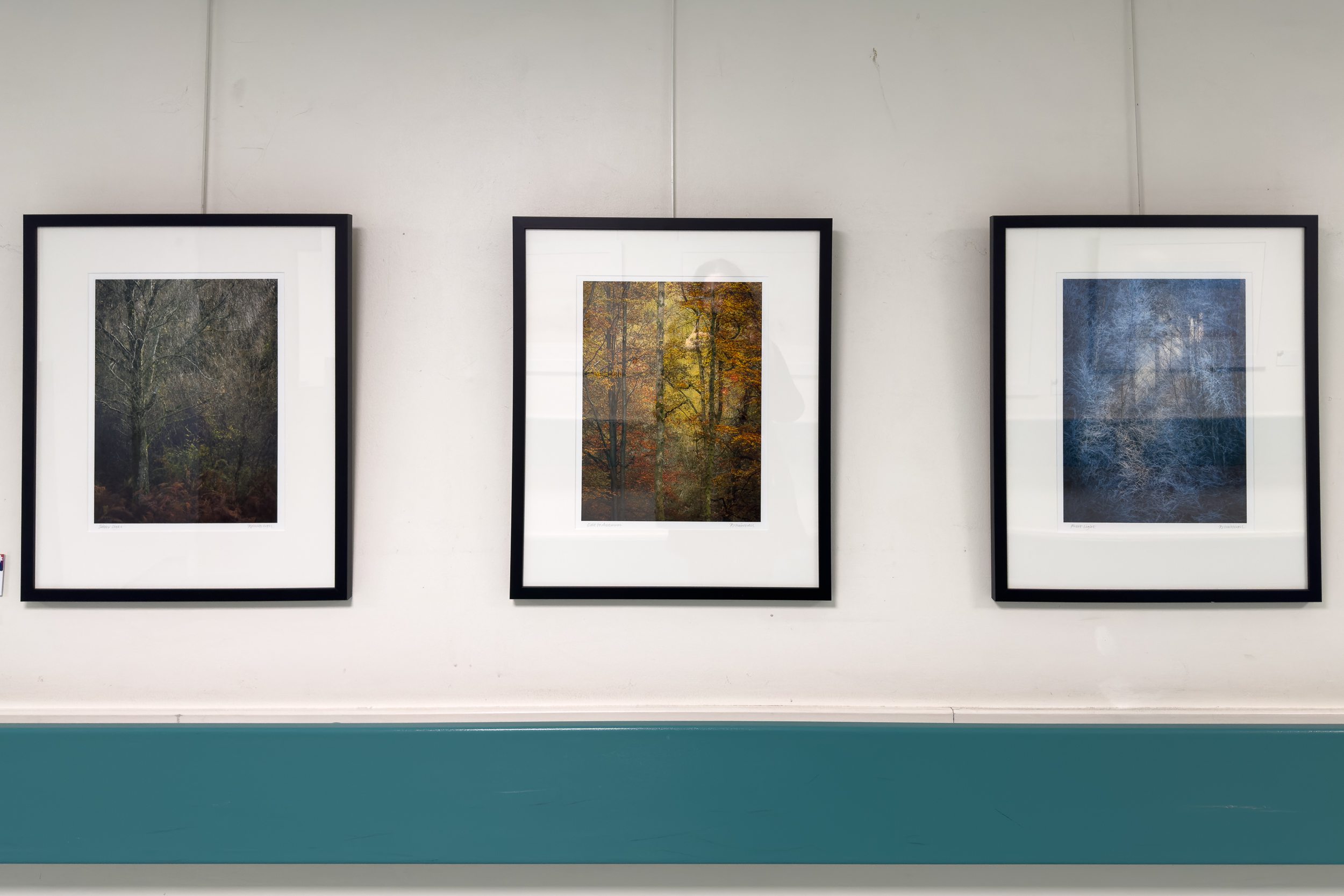
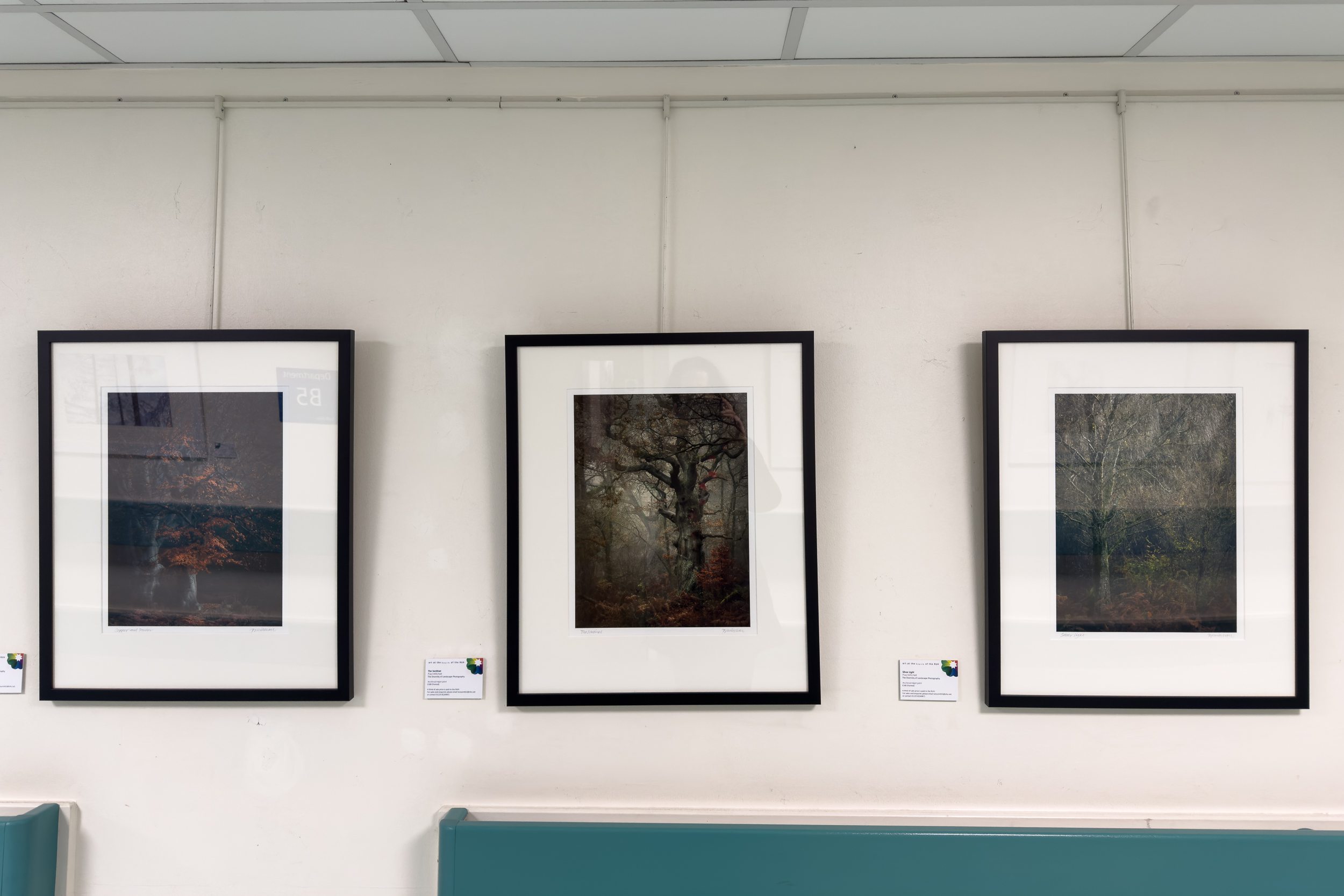
Bringing an artist’s and environmentalist’s perspective in his photography, Joe Cornish concentrates on landscapes close to home and is especially inspired by woodland. Although they may stand still, trees choreograph human ideas, stories and emotions as well as any moving actor. Seasonal changes and subtle shifts in emphasis created with magical lighting conditions are notable in this short series. Made by artist carpenter Ken Jaquiery, the yew that frames these prints is as important in conveying the beauty and value of wood as the photographs themselves.
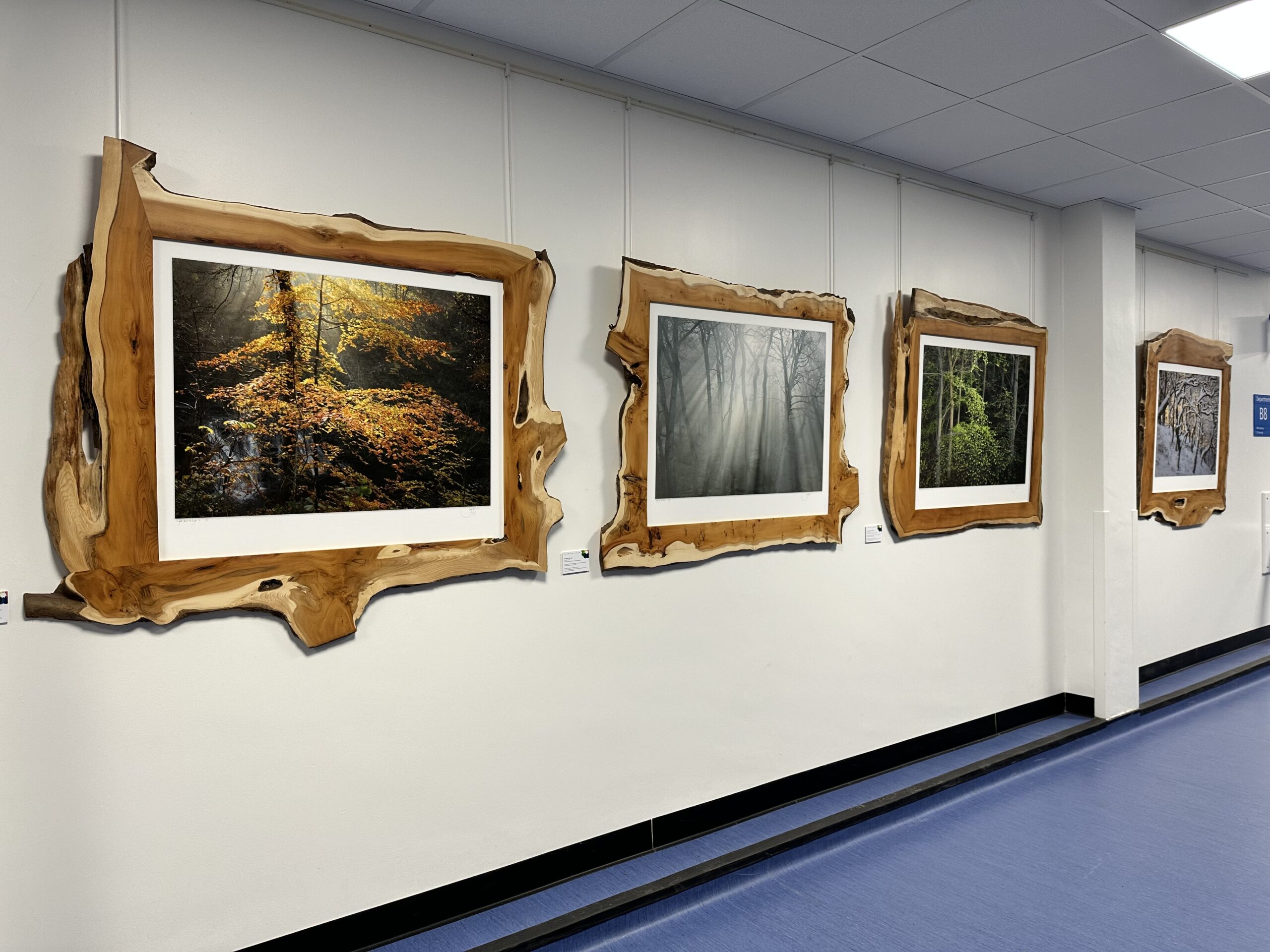
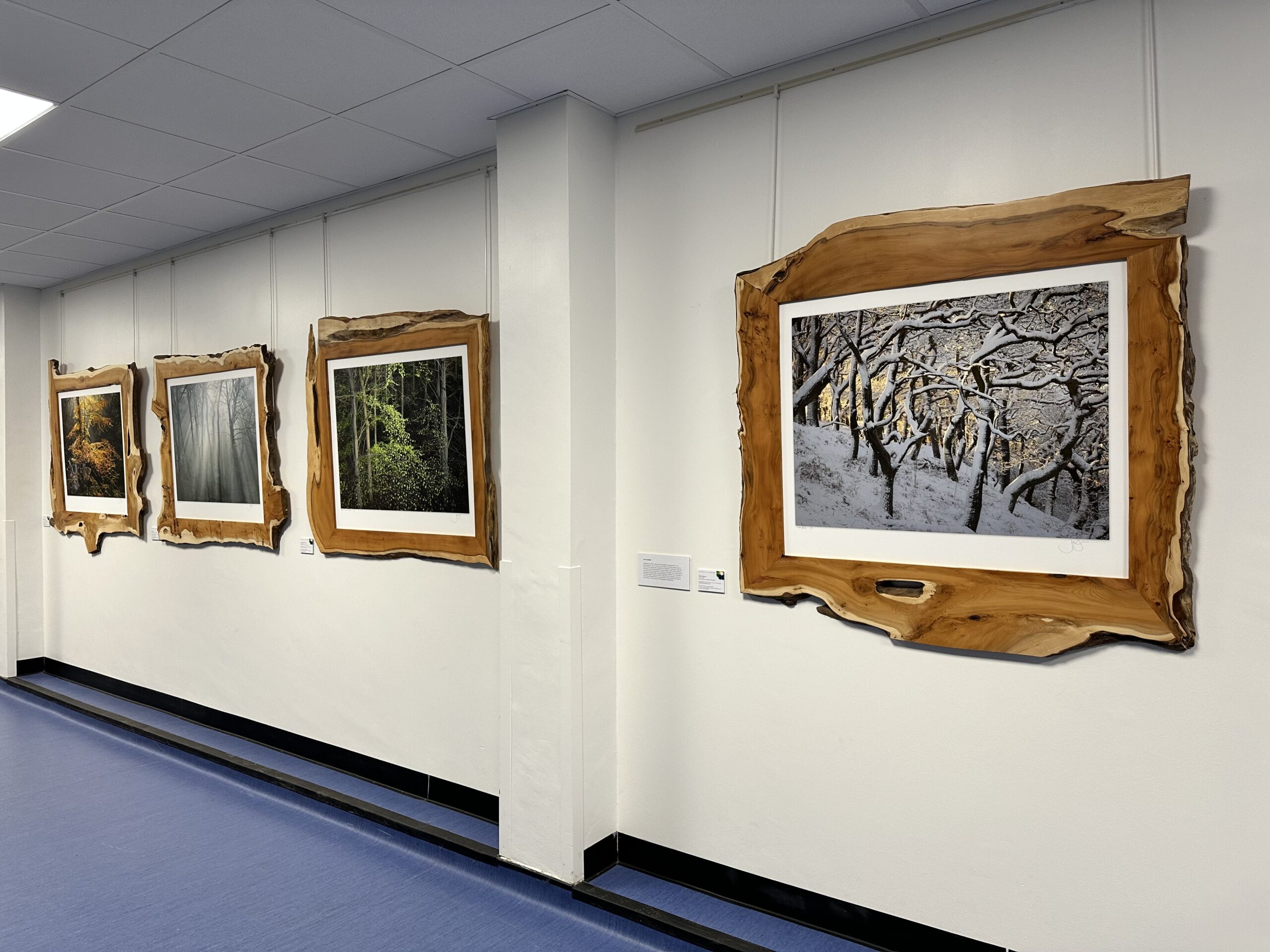
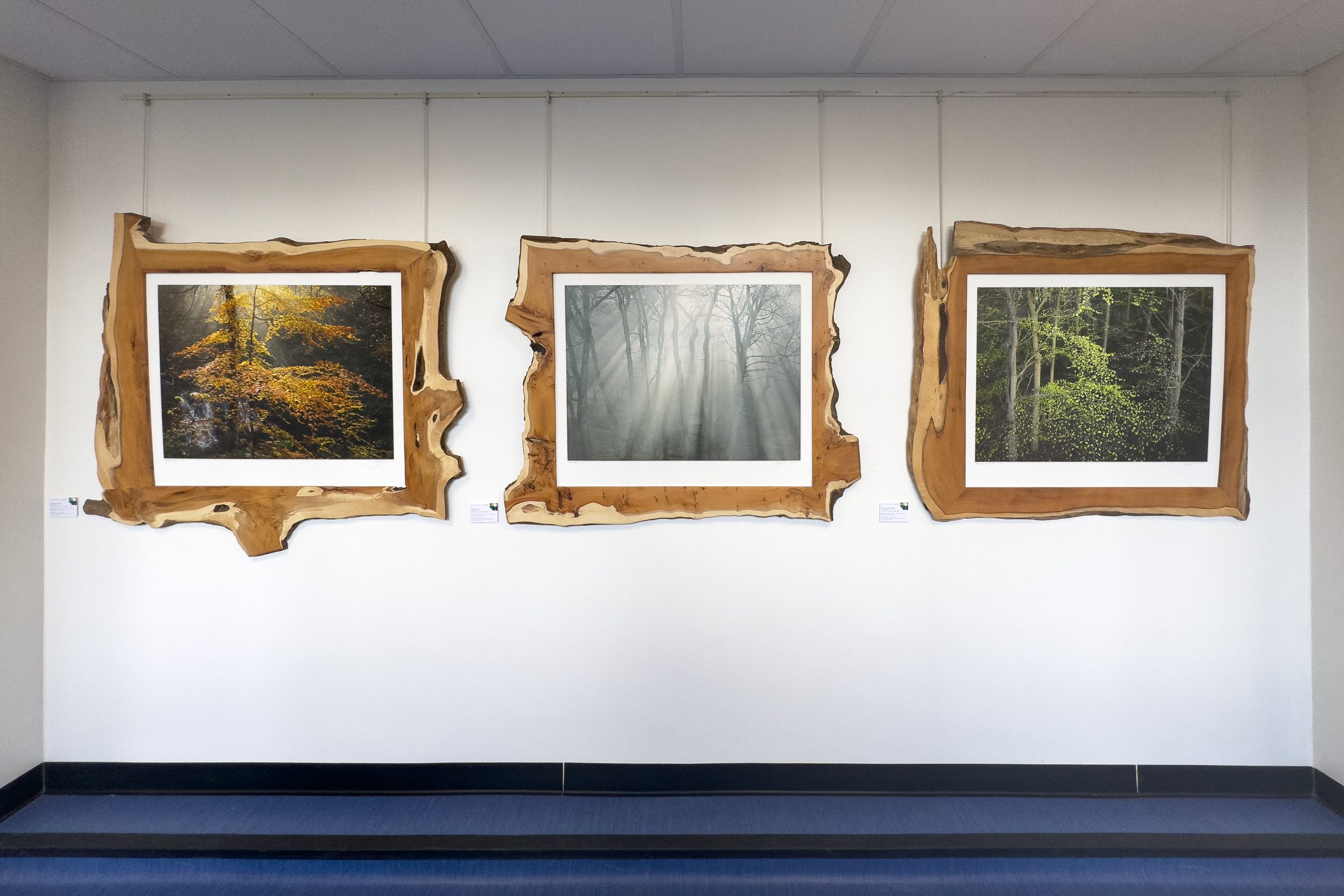
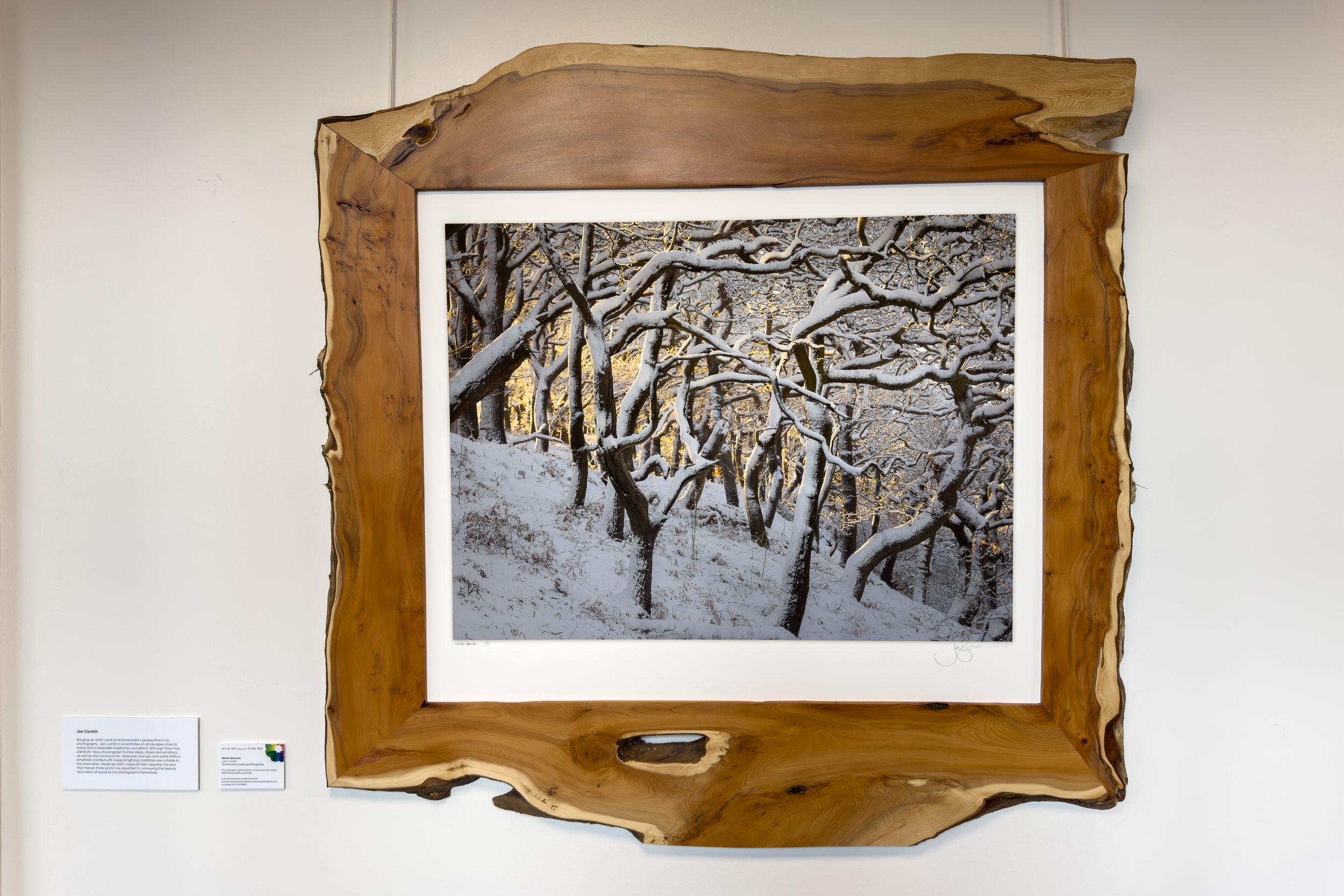
Here are the images that I have on display.
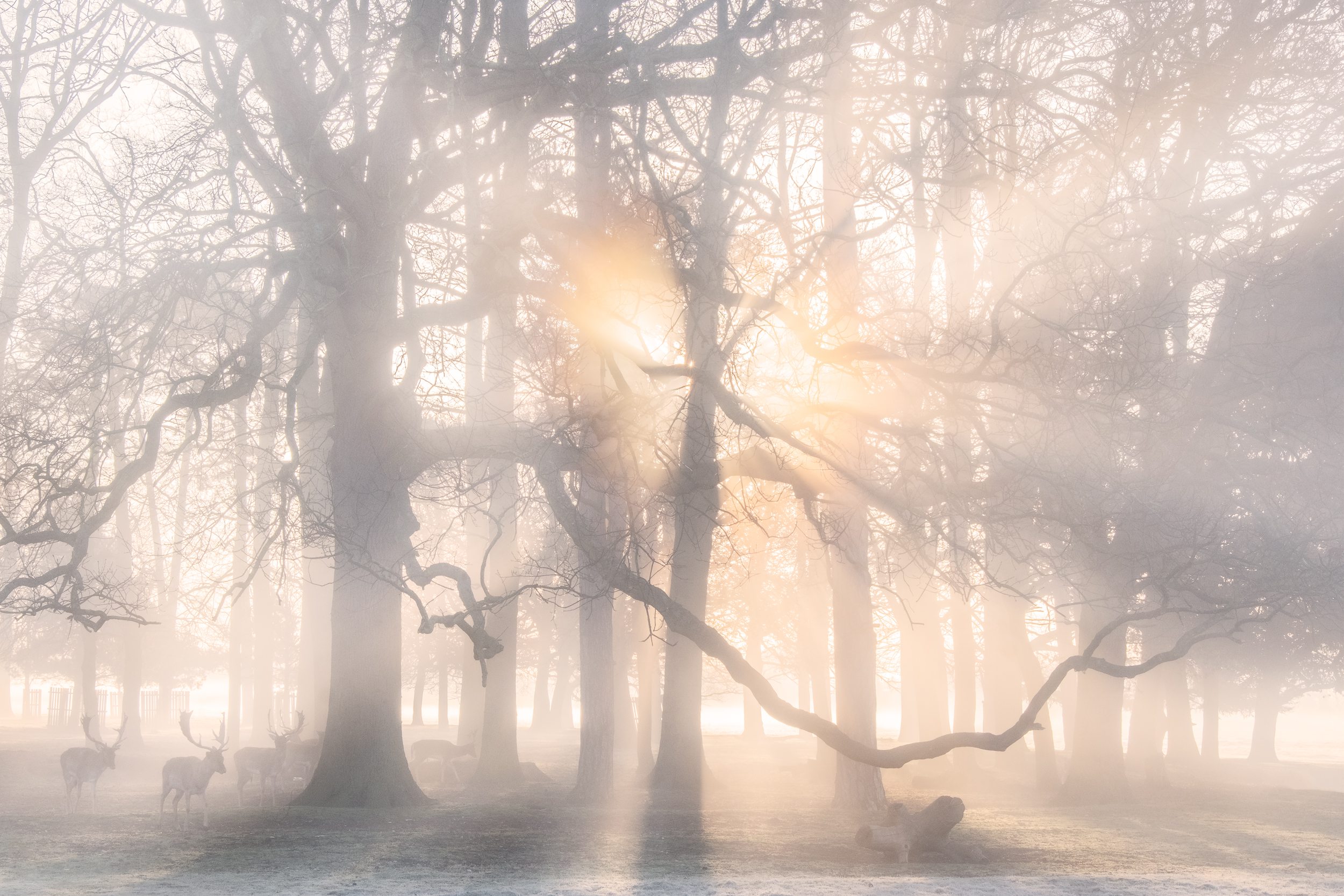
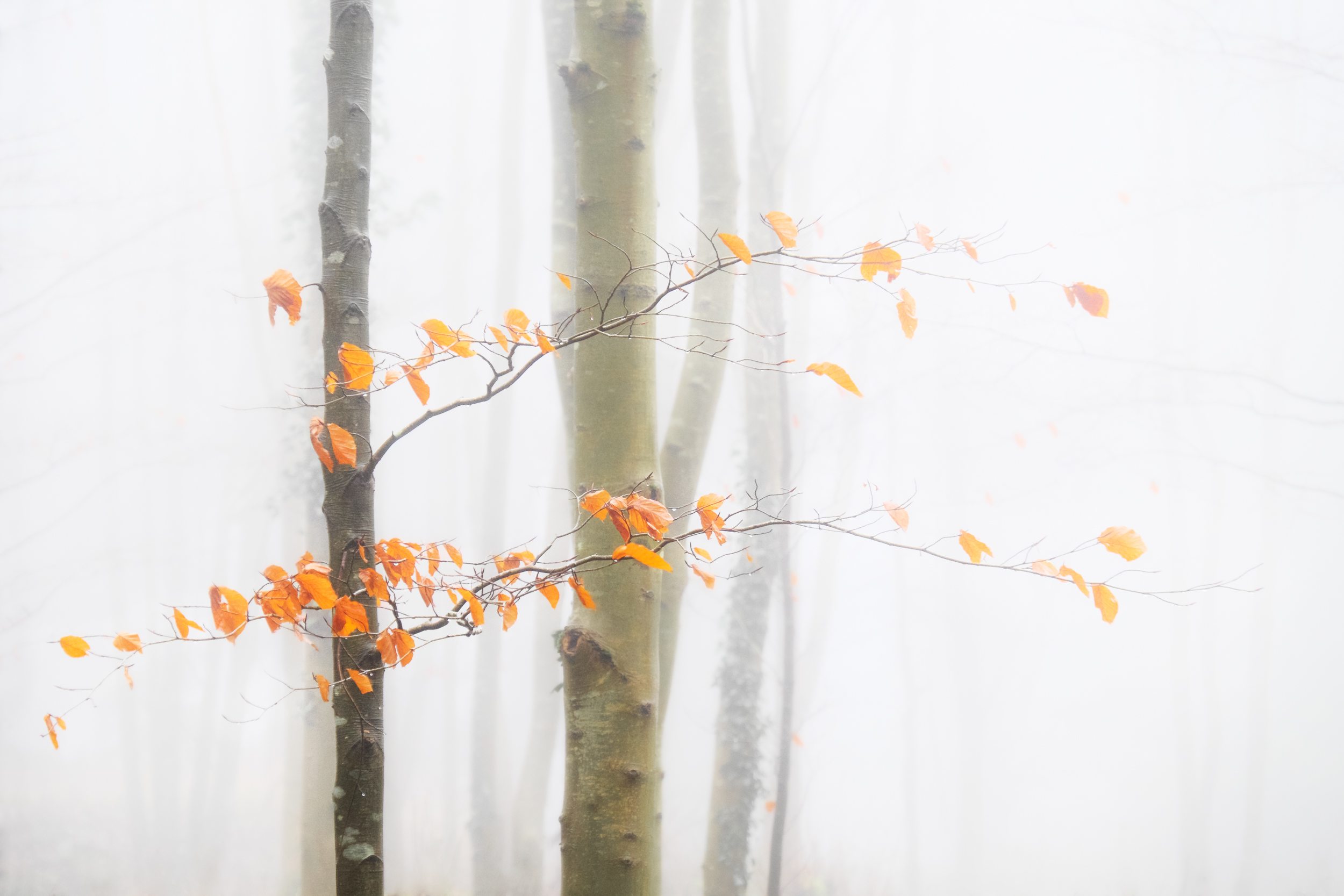
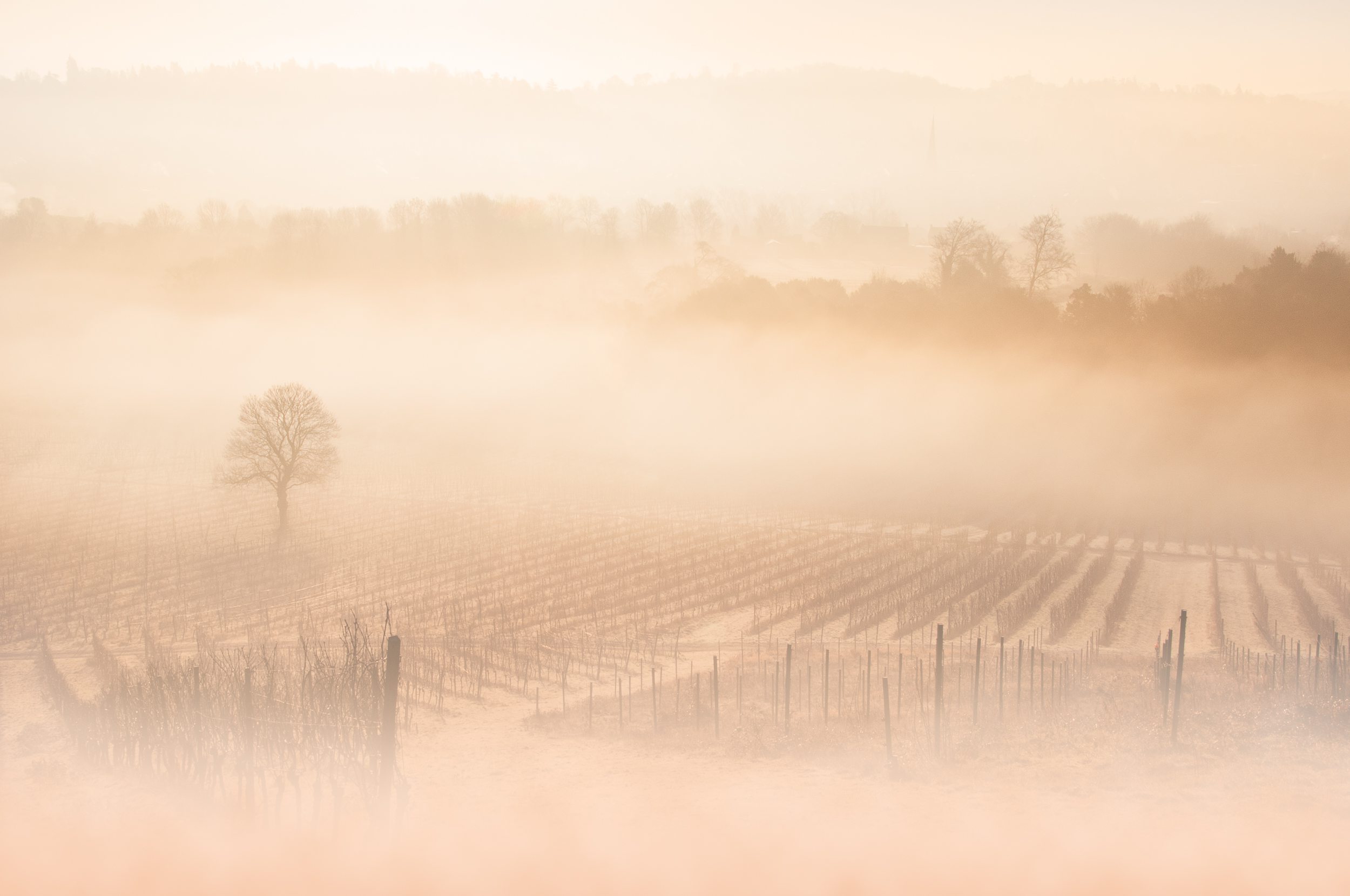
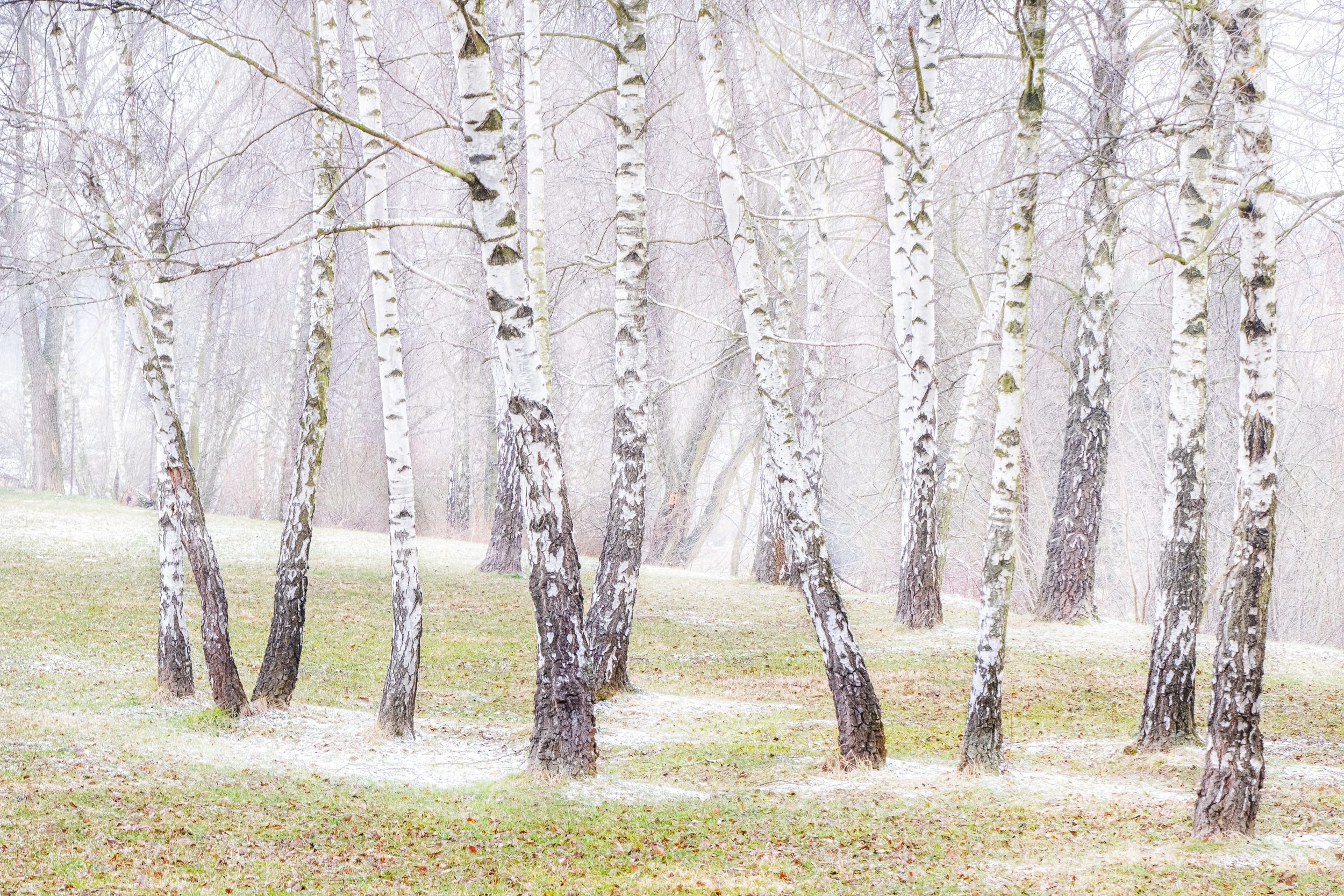
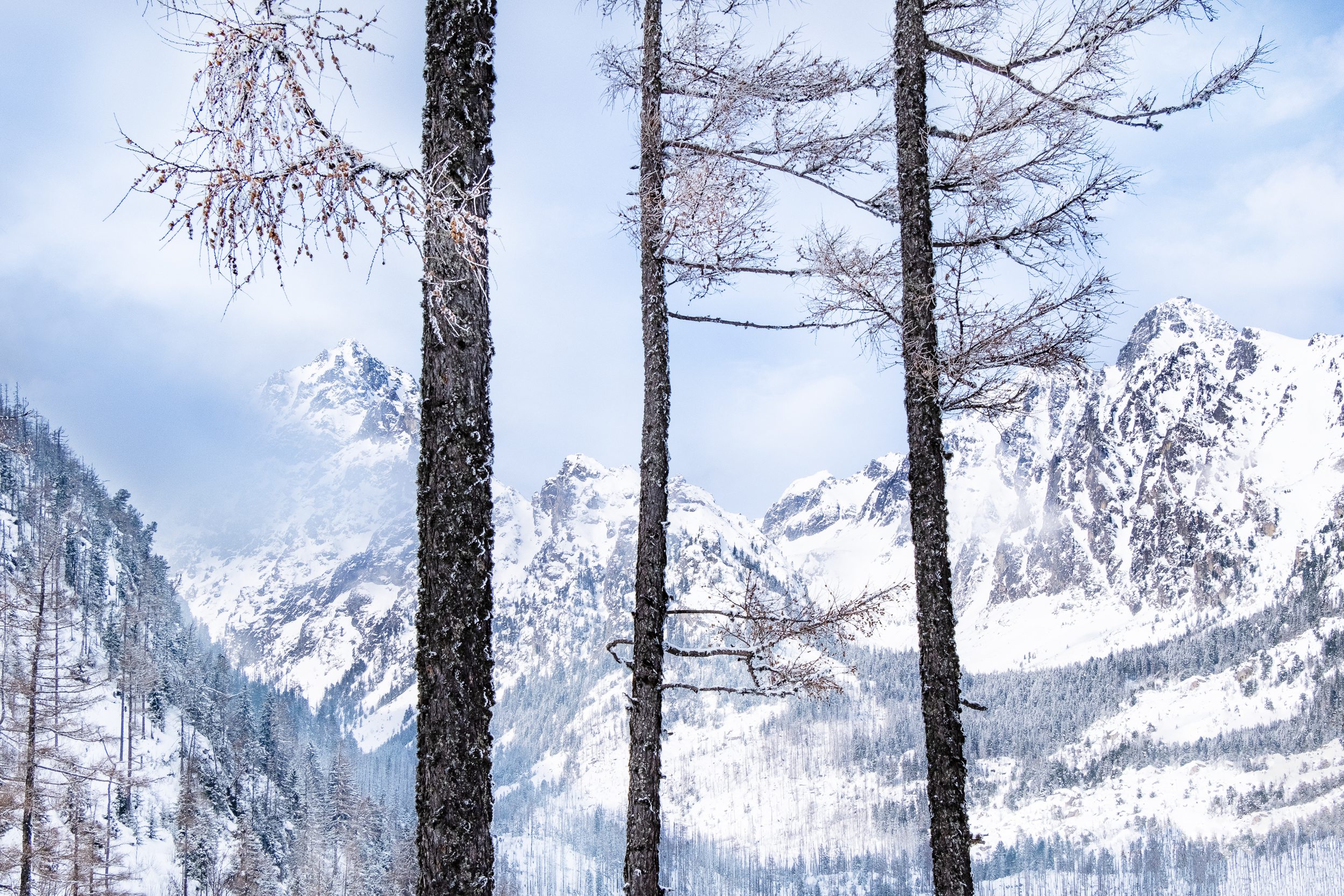
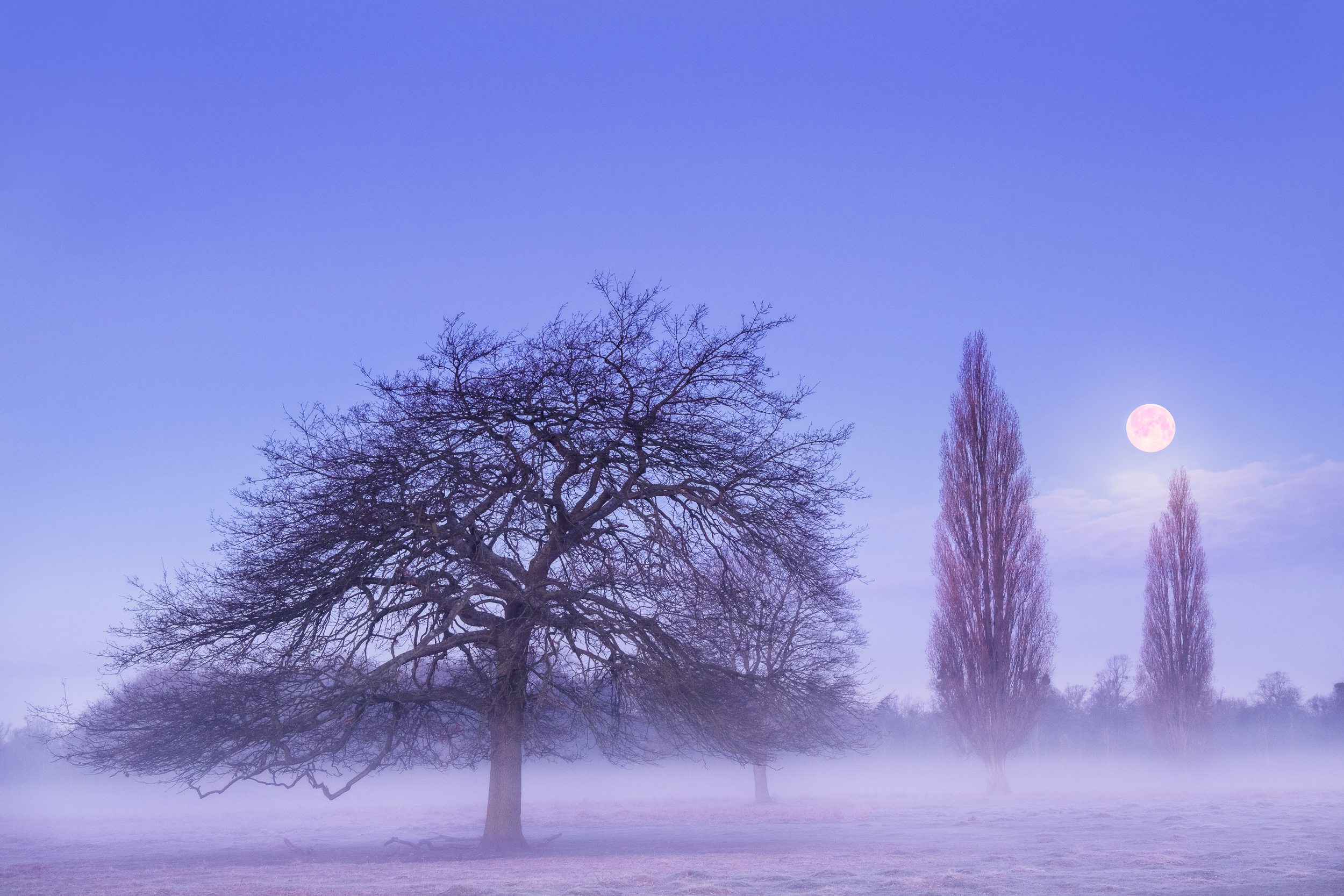
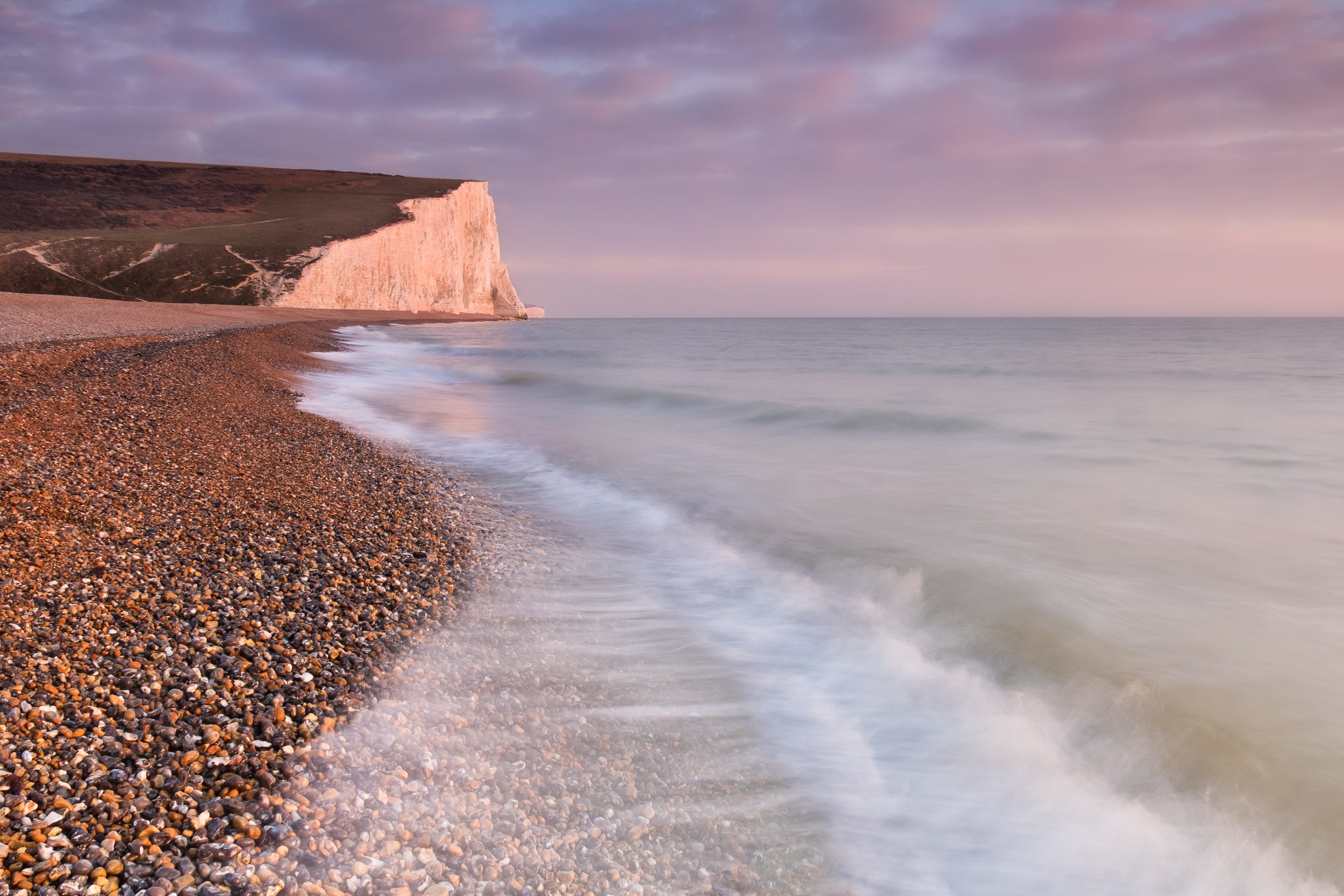
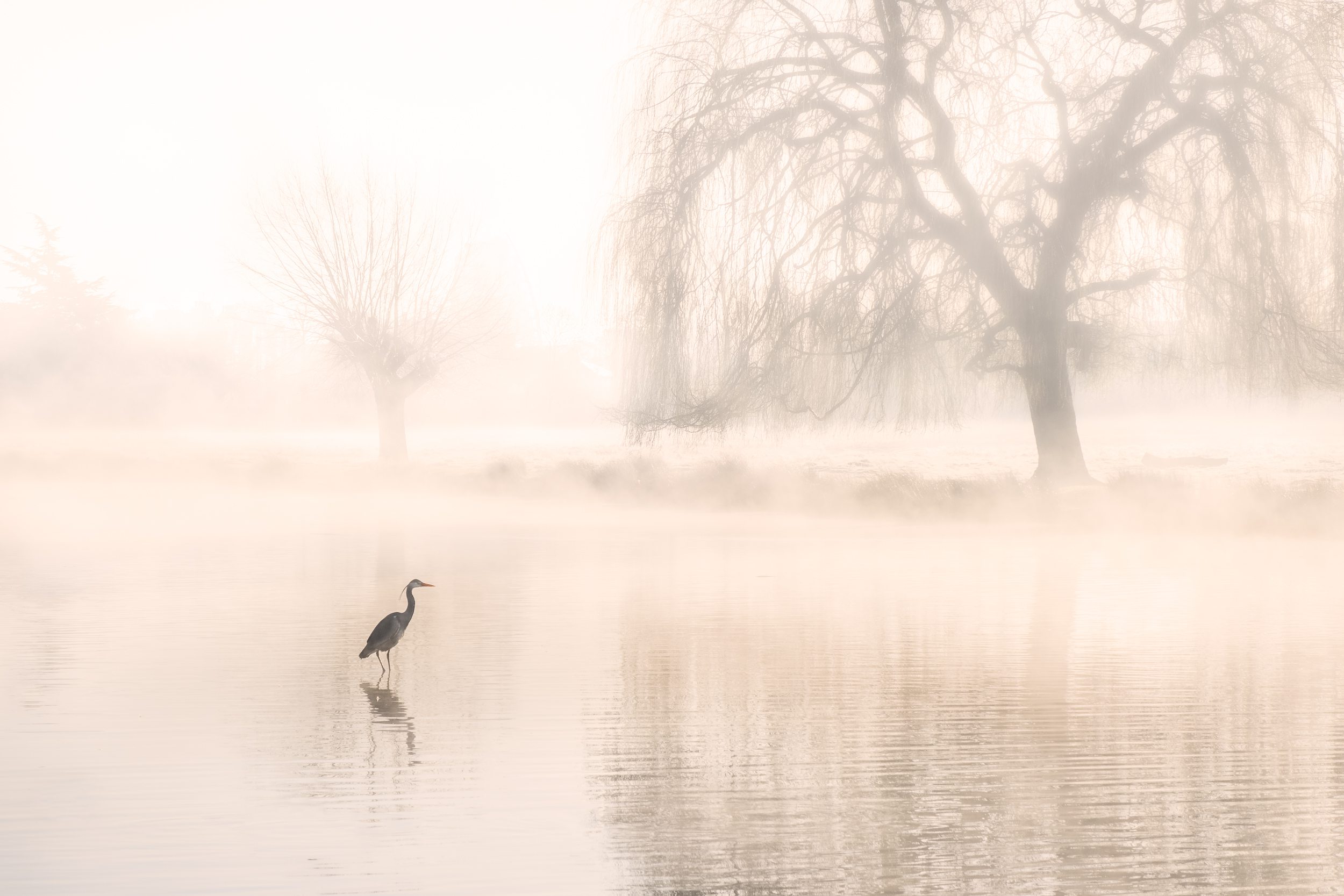
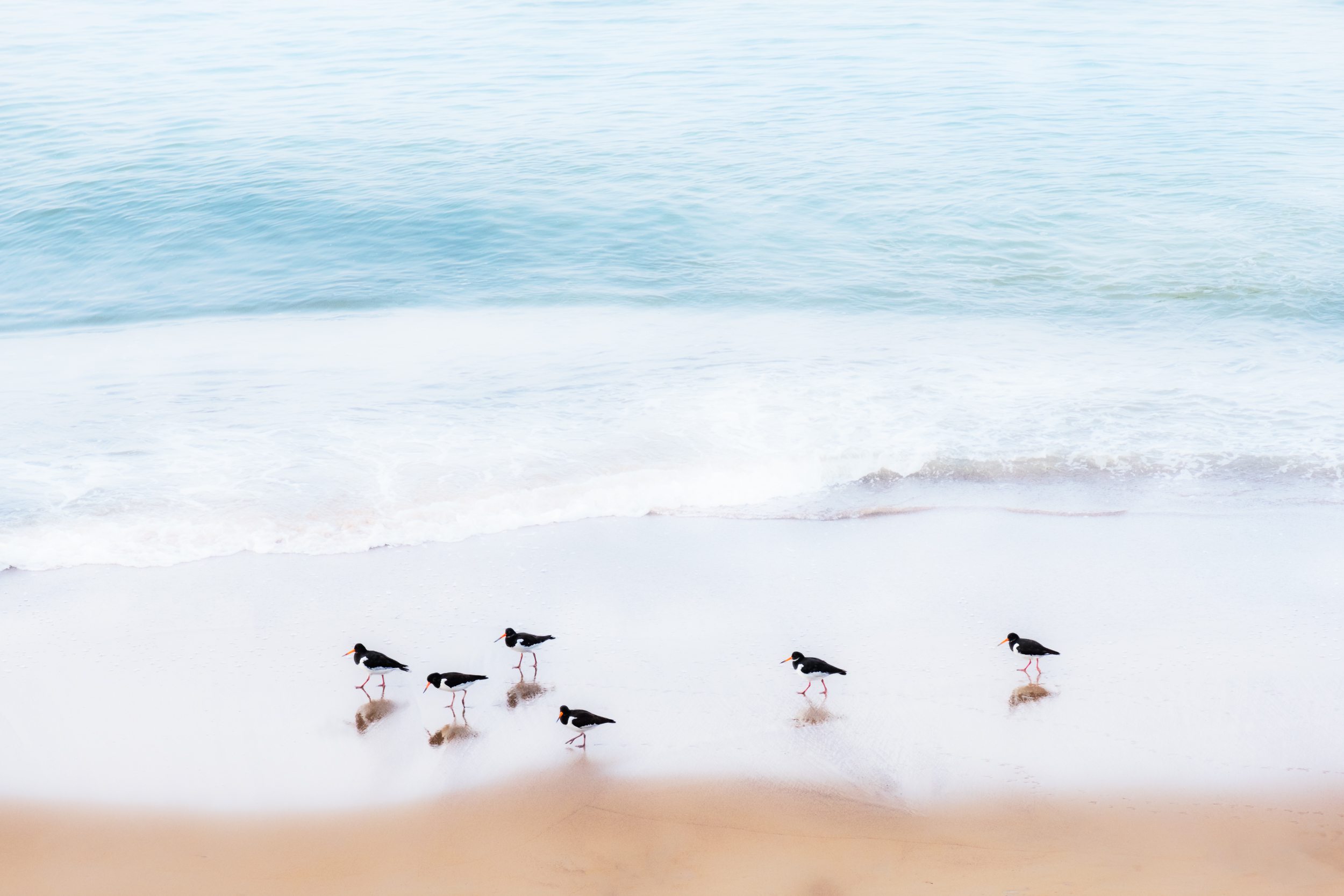
Share this story

